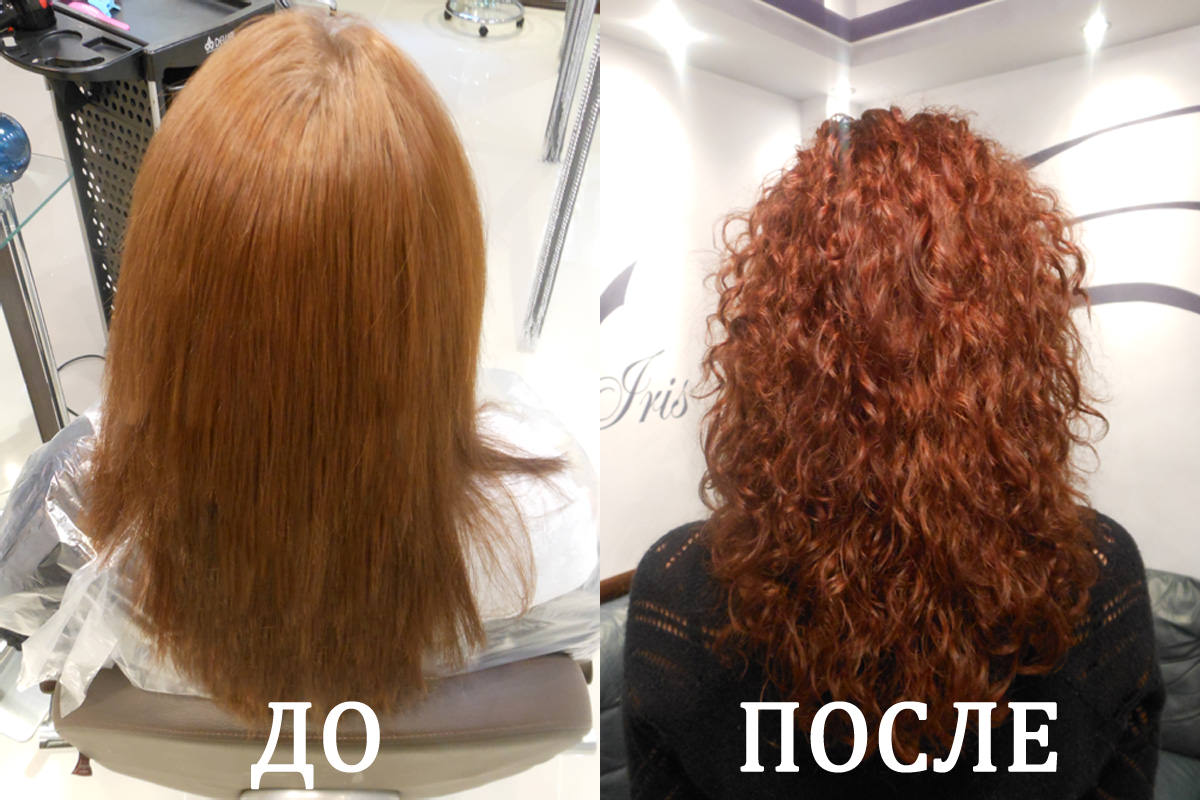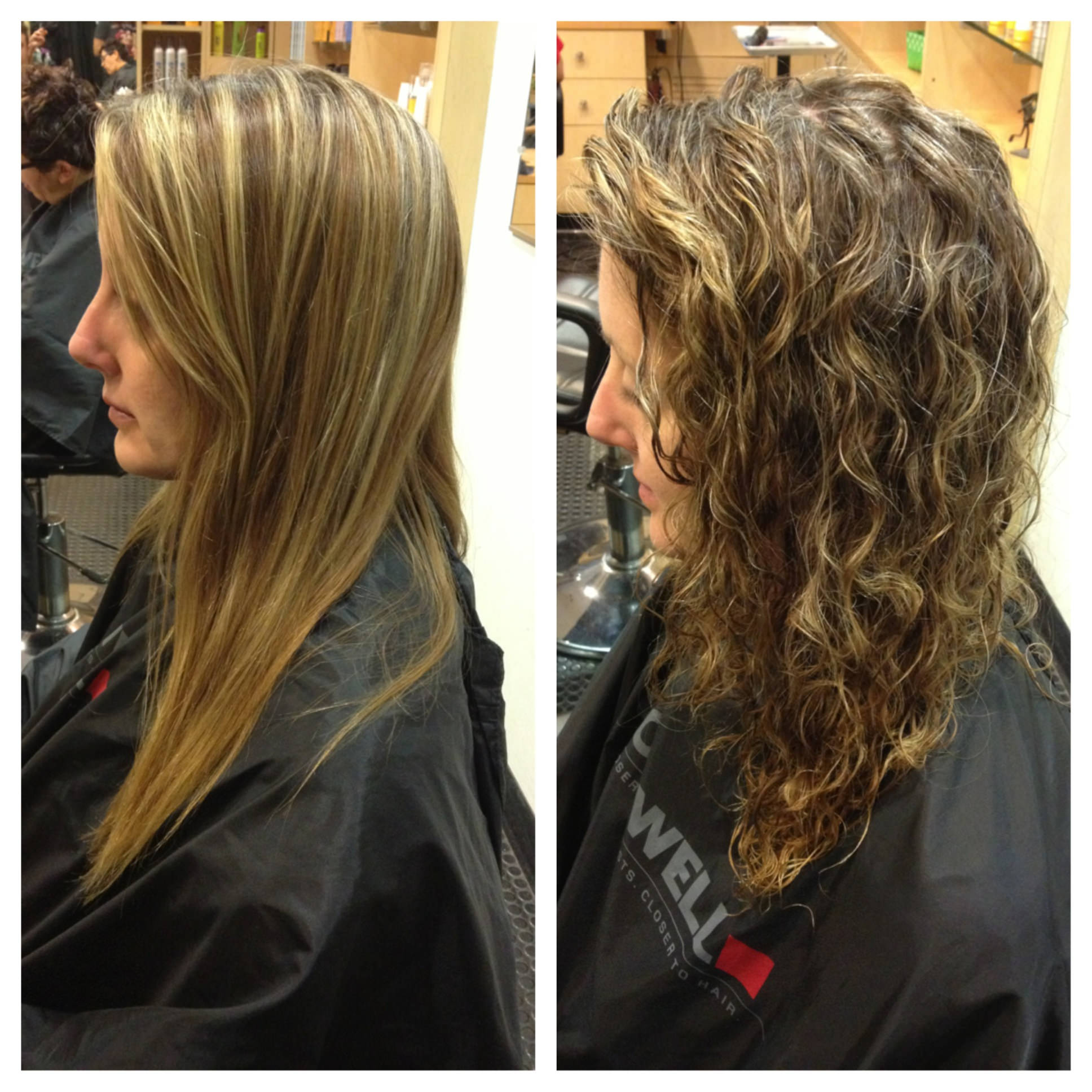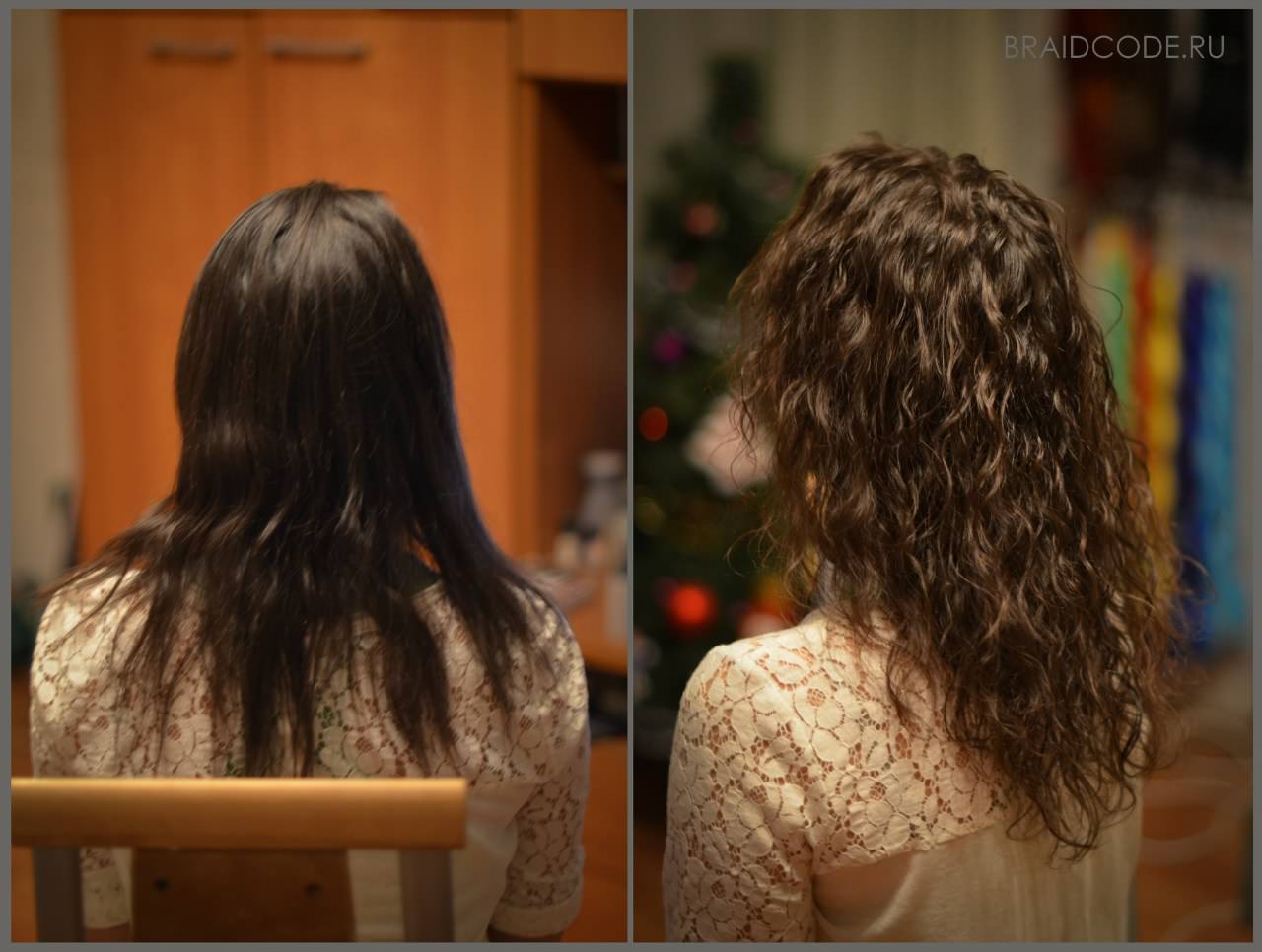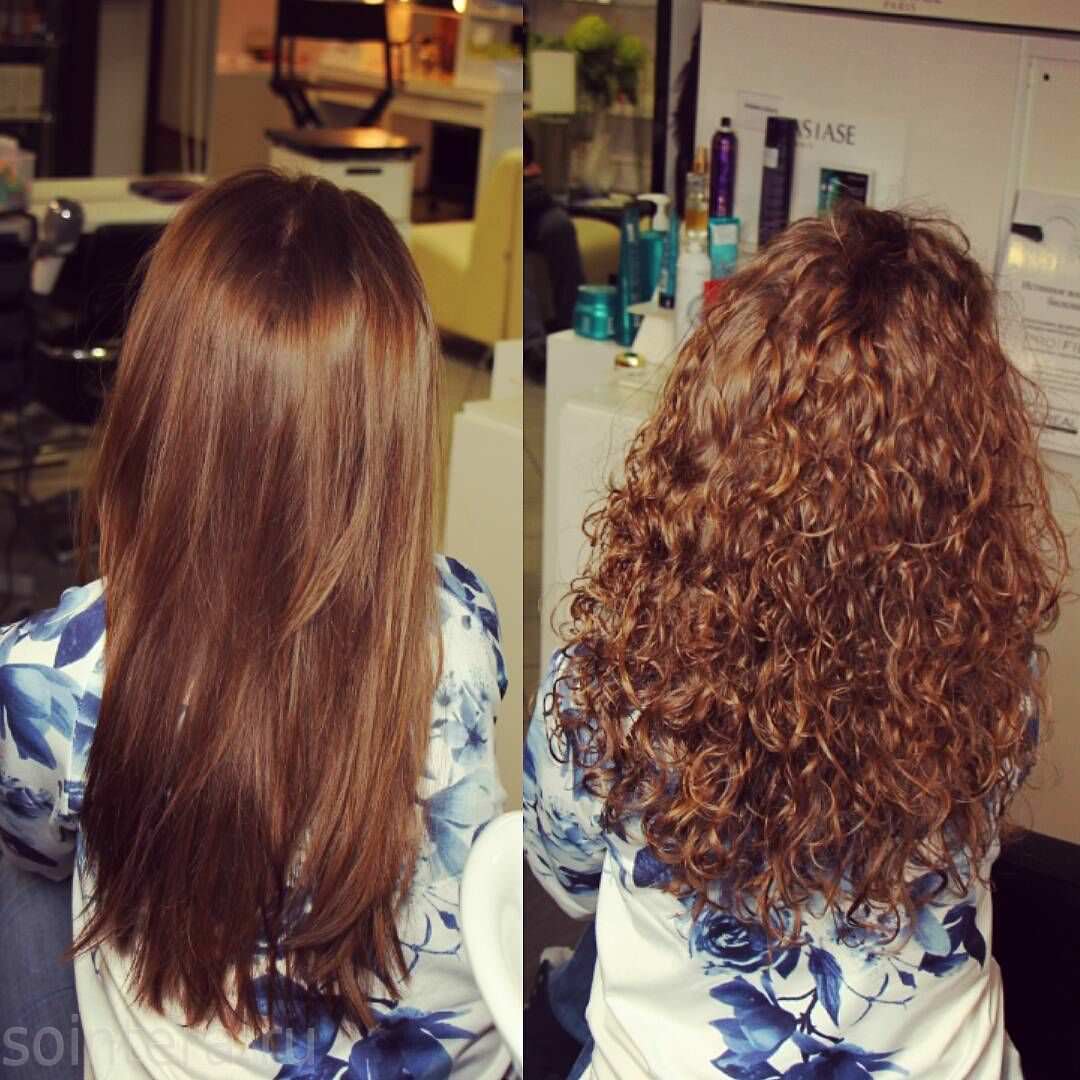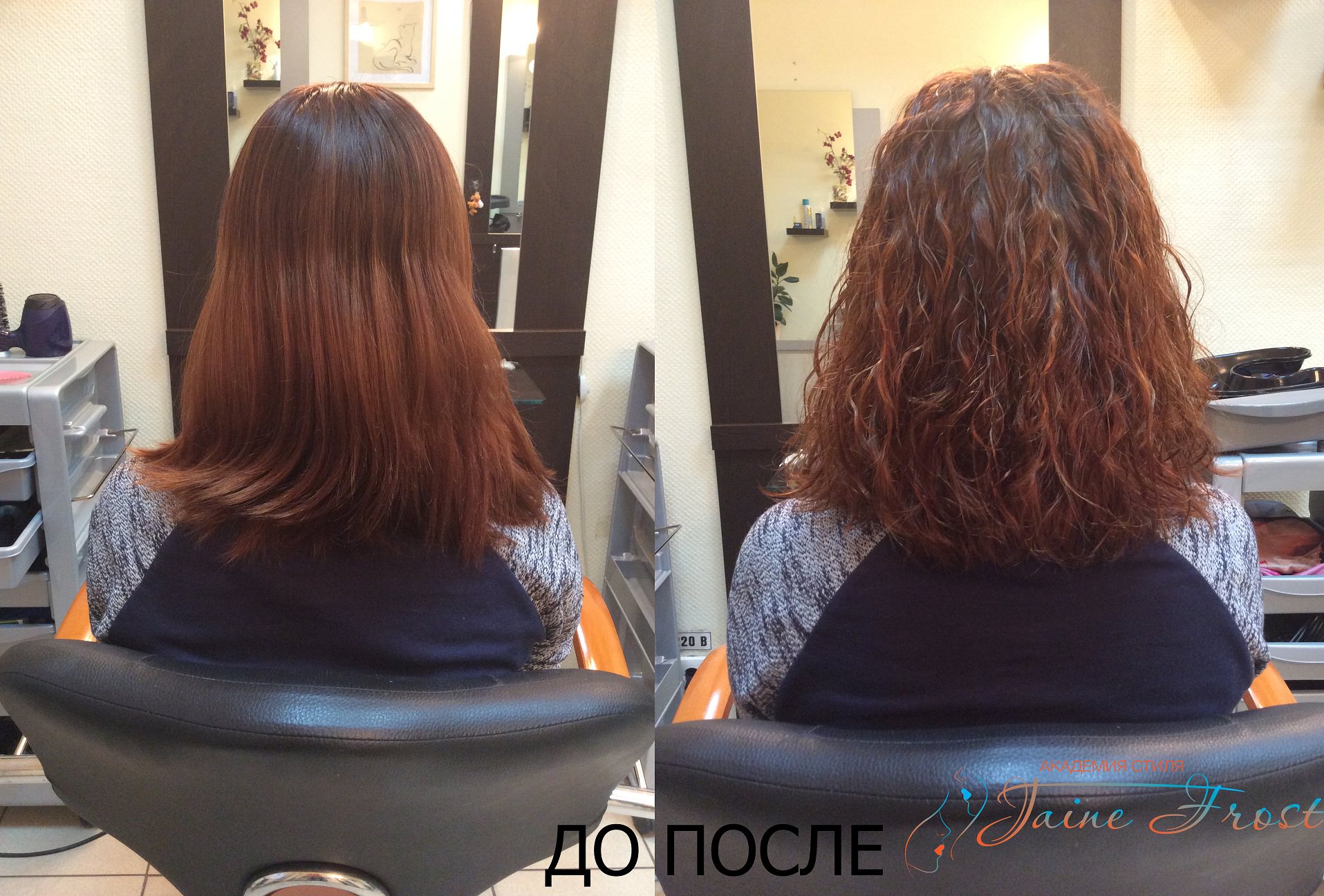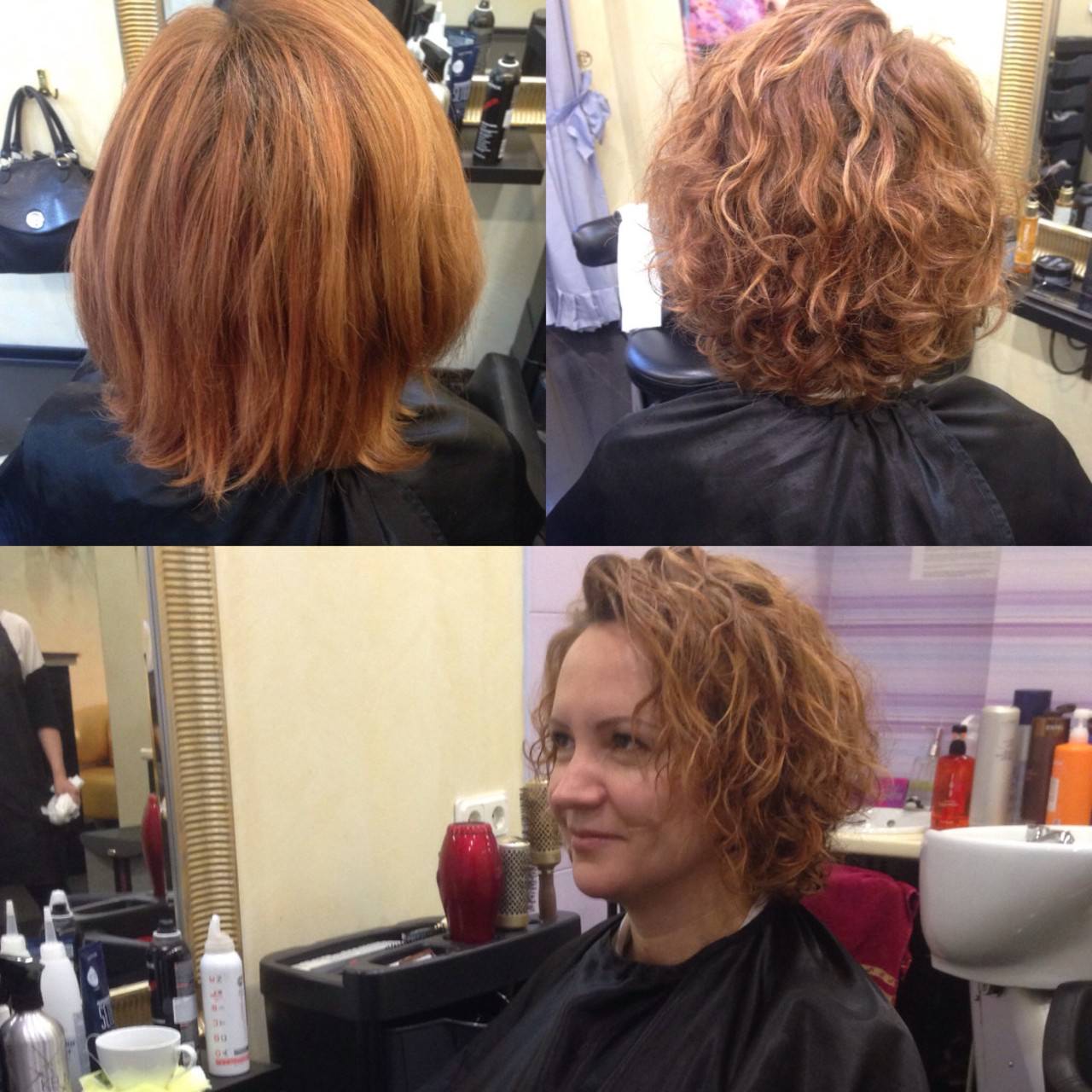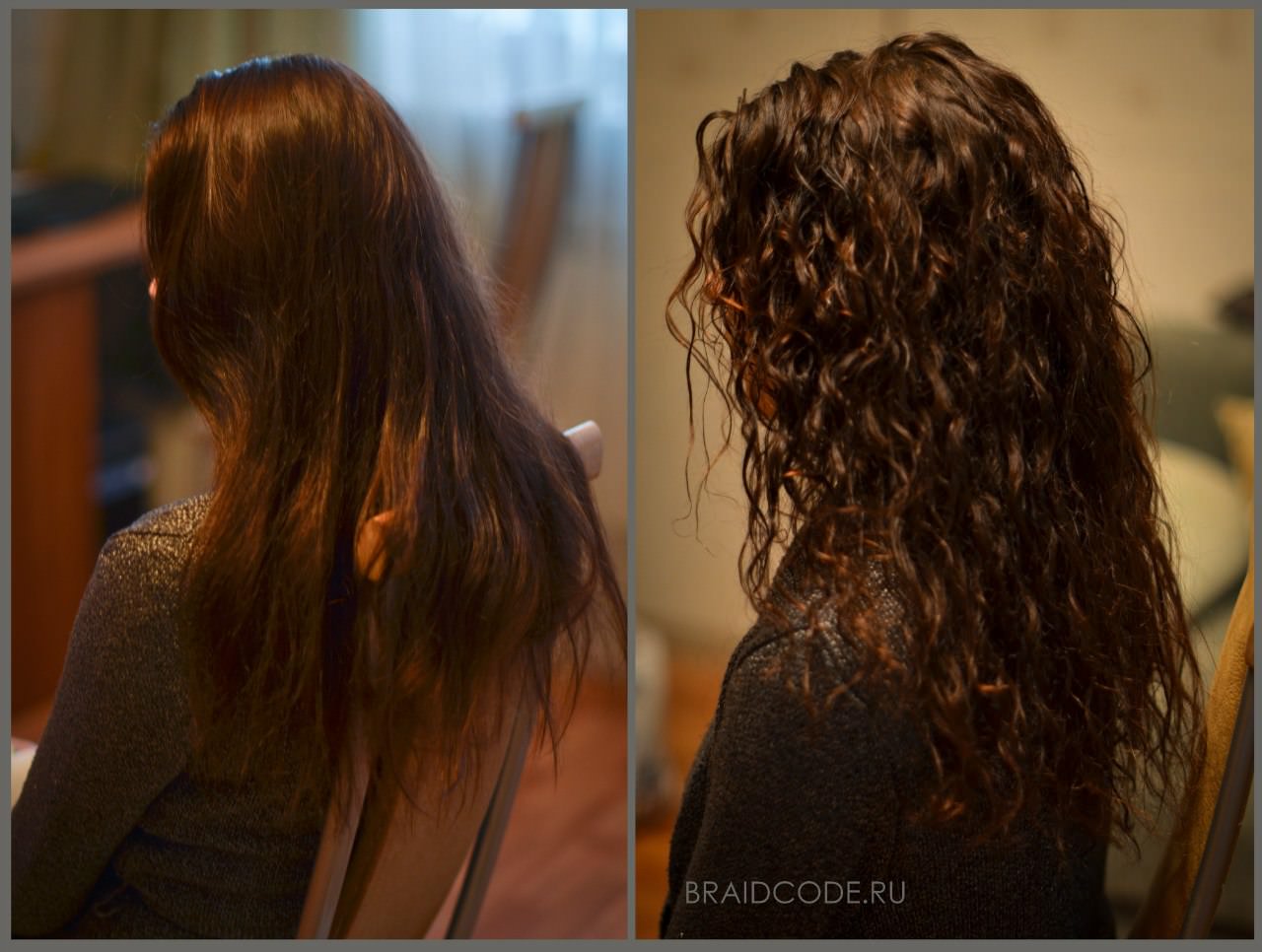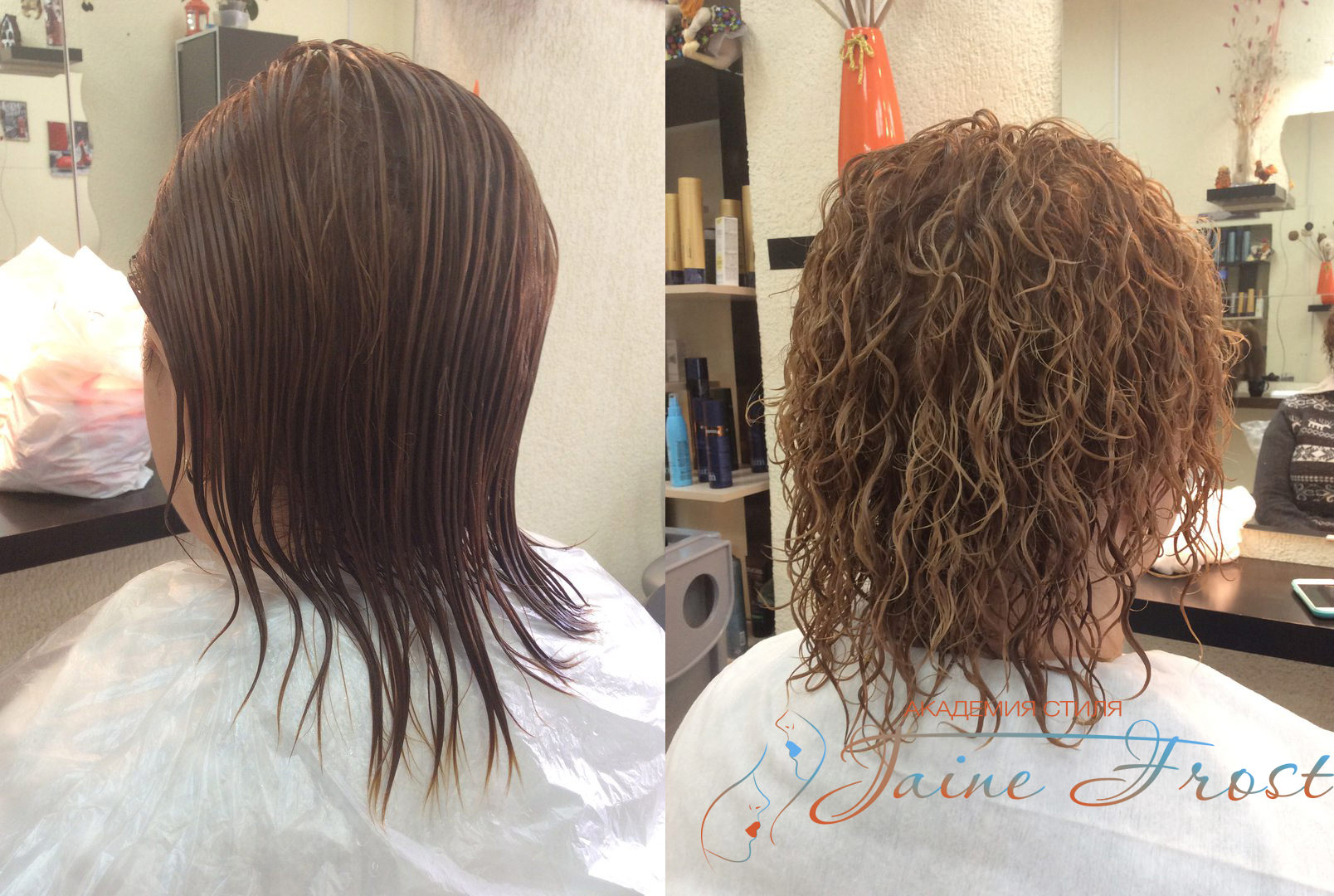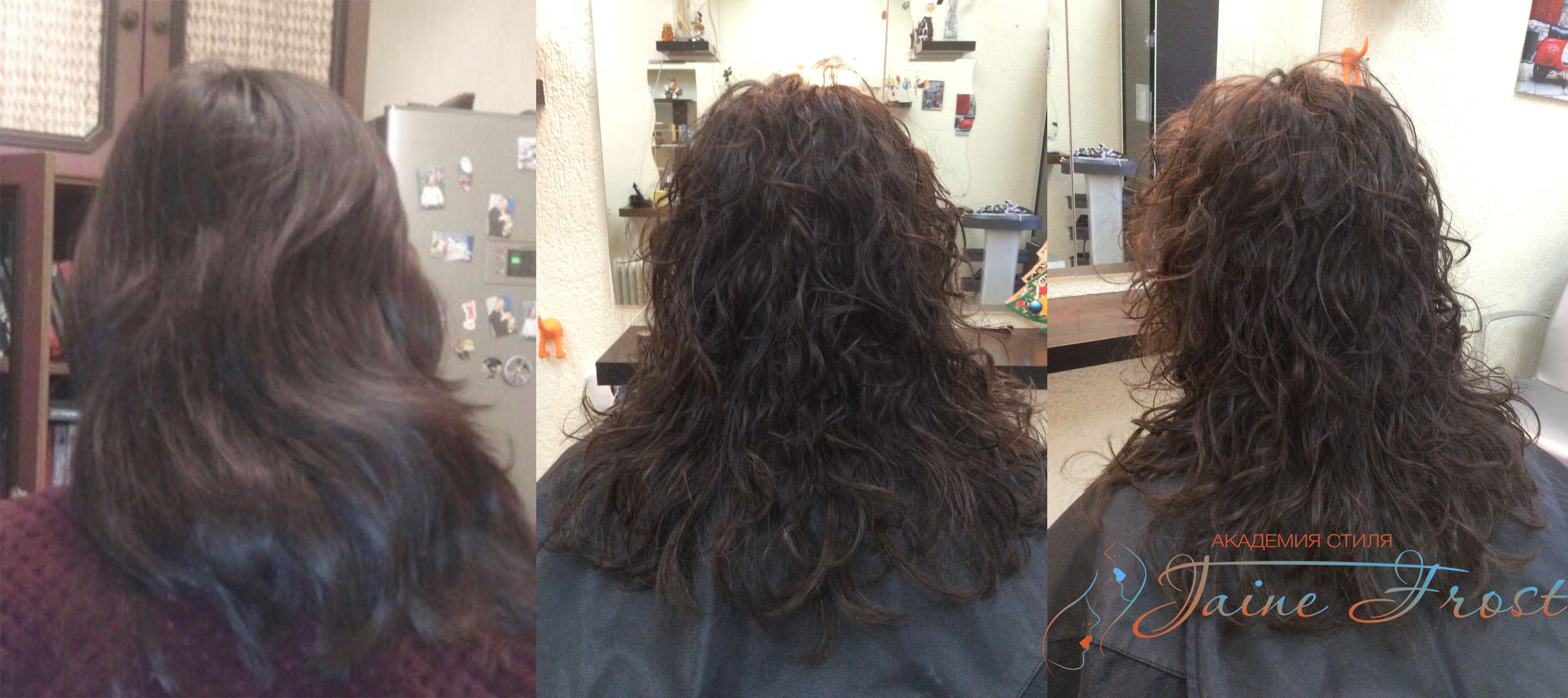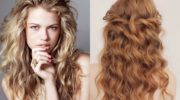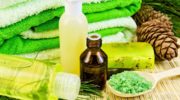Bio curling is a great way to create luxurious curls even on completely straight hair. Indeed, many women dream of beautiful mischievous curls. Bio curling is exactly what will allow these ladies to realize their dream. In addition, curls are able to decorate any woman. They are suitable for absolutely any shape and type of face. It is important only to choose the appropriate size of curls. So what is a bio-curl and how does it differ from a regular curl? We will understand all the intricacies of this procedure in this article.

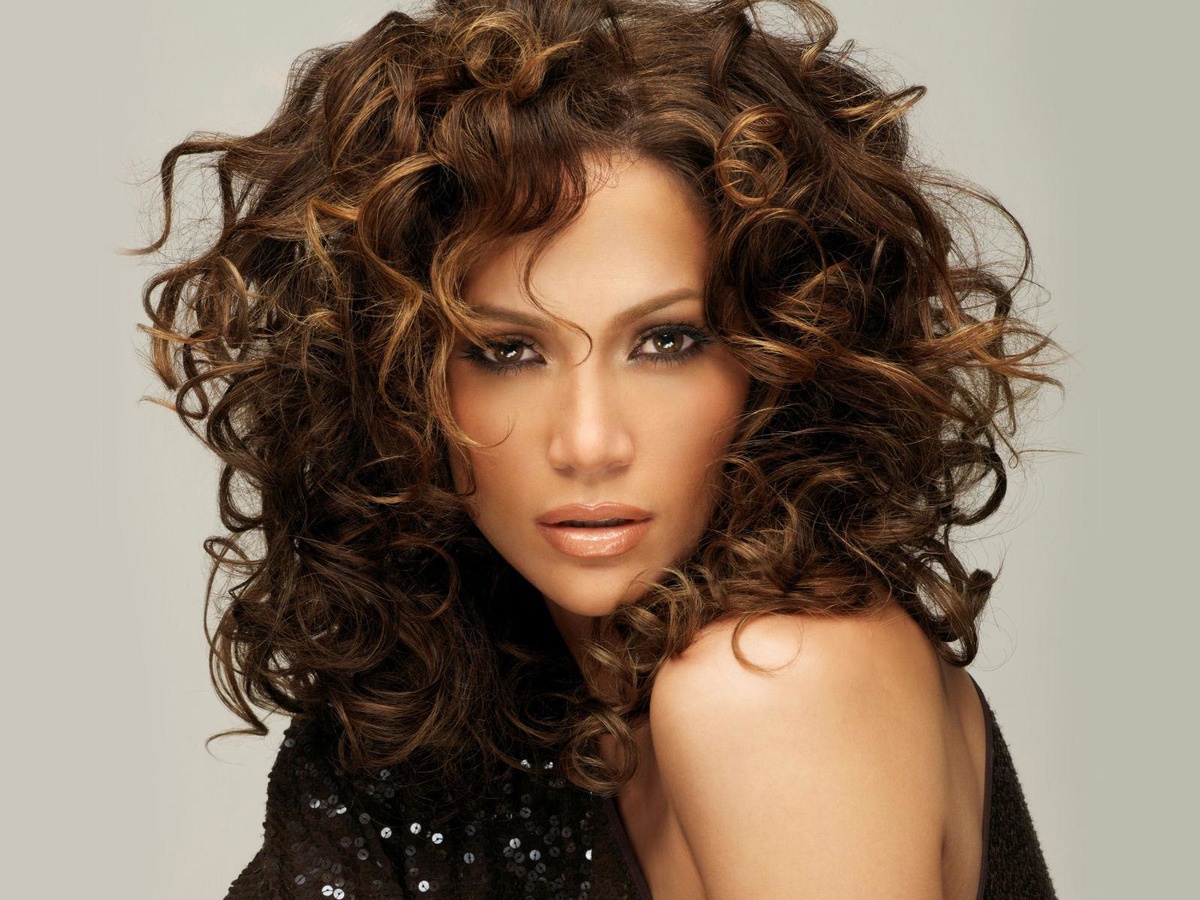
What is a biowave?
The bio-curling procedure implies a curling of the hair using more gentle means that do not damage the hair structure, unlike a chemical wave. Of course, this does not mean that the products used in biowaving consist of completely natural ingredients. This is not true. The percentage of natural components there is about 60%. However, even such an amount can significantly reduce the negative impact of this procedure, in contrast to perm.
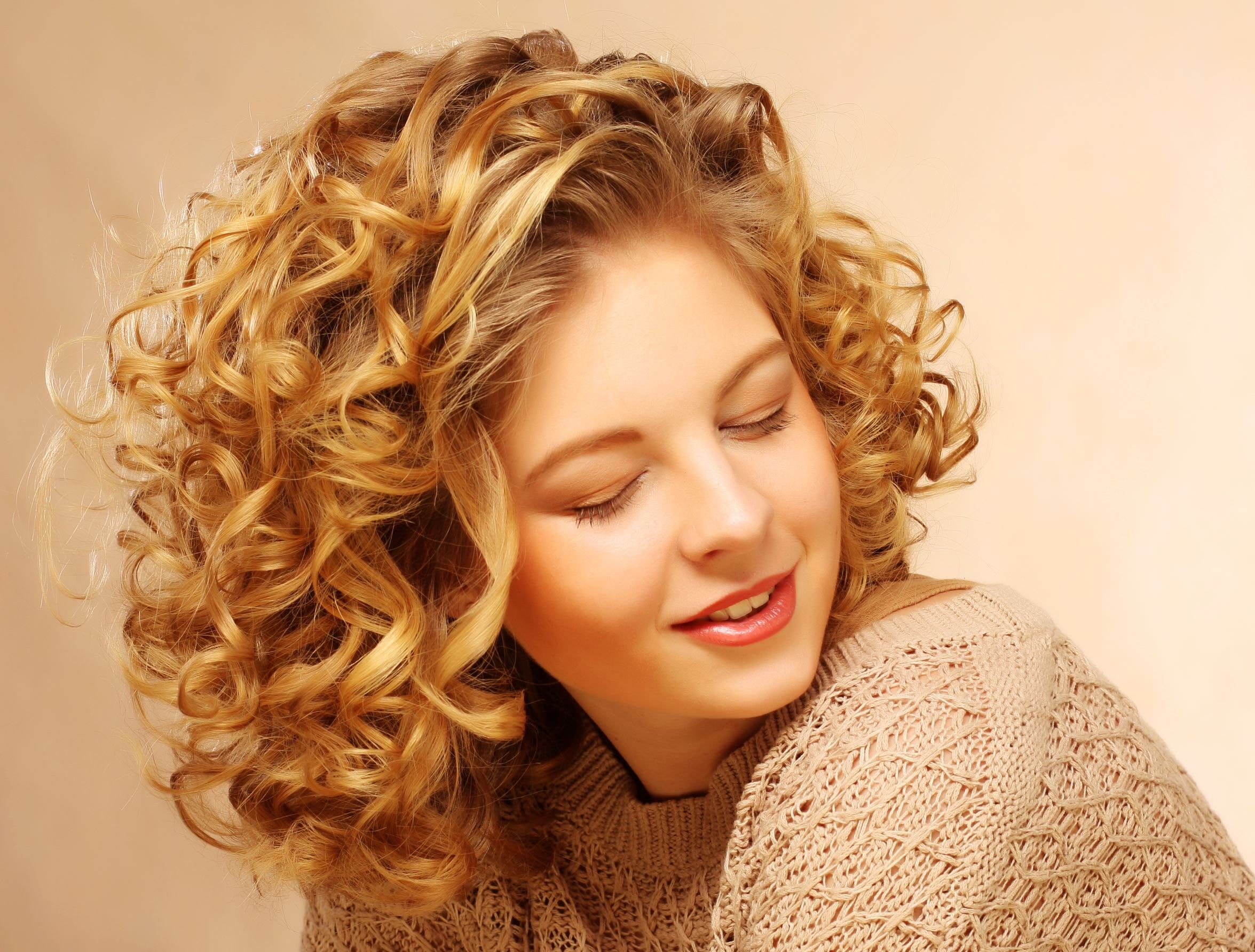
Types of biowaving
There are three most popular types of biowave hair. They are classified by the presence in the composition of the means for curling certain components.
1. Japanese biohaircuts
Japanese biohaircuts include all the essential amino acids with protein shakes and collagen. Most often, the Japanese biowave procedure is used for thick and thick hair, since it is she who can easily curl such a volume of hair. The effect of Japanese biowaving is observed within 3-5 months. After that, of course, it is necessary to do the correction of hairstyles.
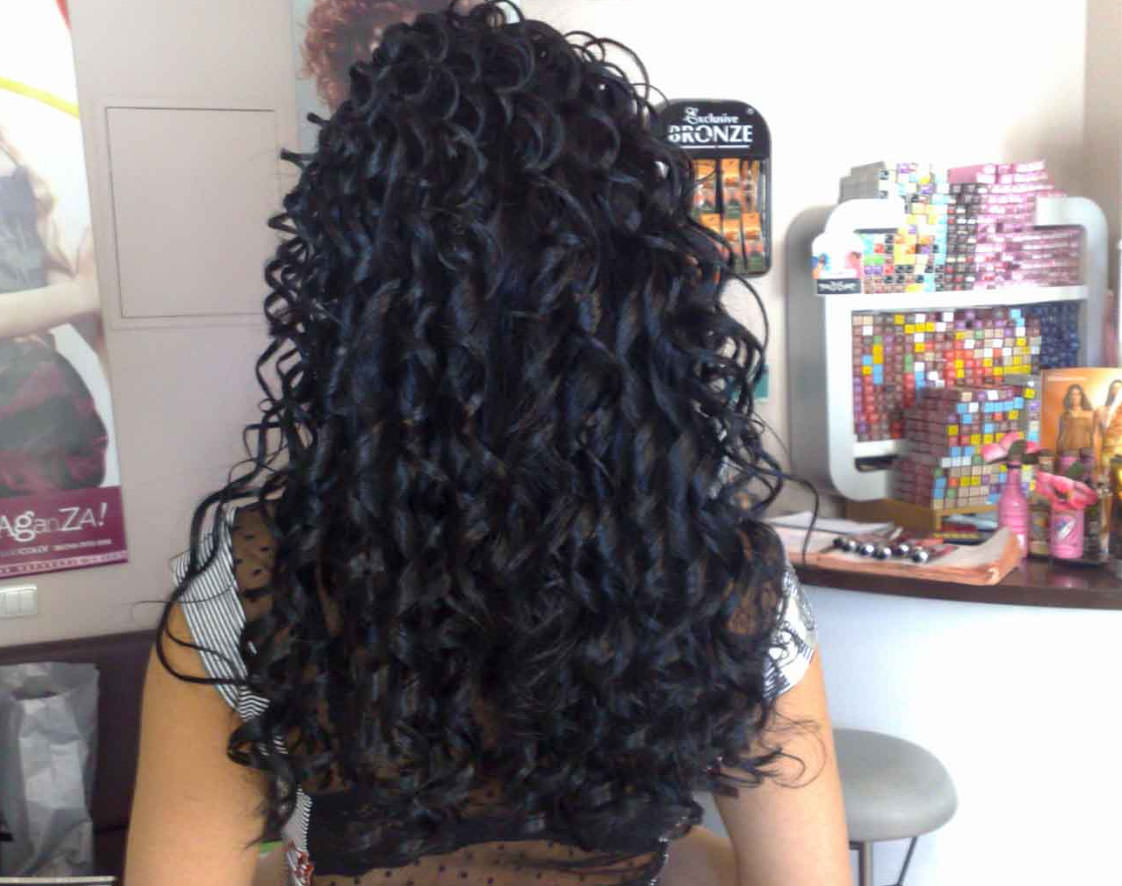
2. Italian biohaircuts
Italian biowaving is most often used on short and medium length hair. For this type of curl, bob haircuts, cascade and elongated bean are suitable. Italian bio-curling creates small curls that are somewhat reminiscent of African ones. The effect of such a curl lasts approximately 4 months.
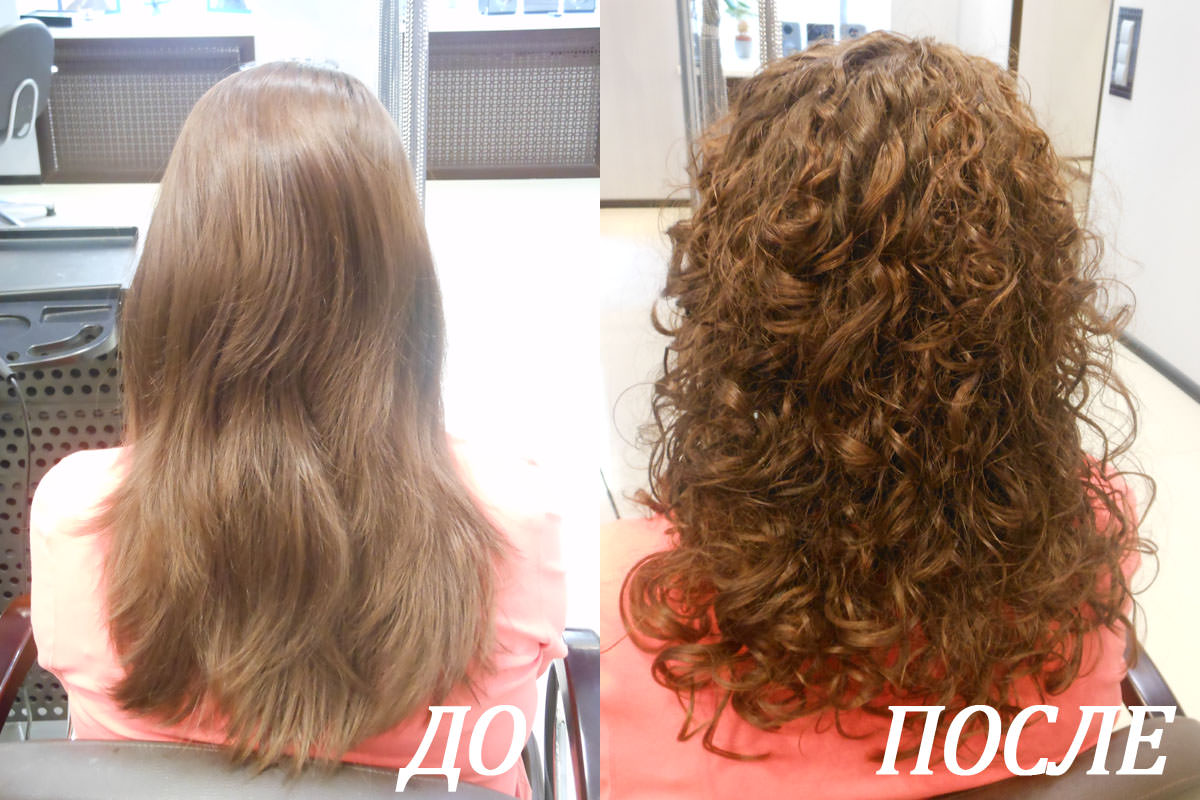
3. Silk wave
It got its name due to the presence of a silk extract curling agent. Perhaps the most gentle of all biowave procedures. That is why it is recommended for use on dyed and damaged hairs, as well as for the correction of perm.
Advantages and disadvantages of biowaving
The advantages of biohairing include:
- Gentle curling process. This is not to say that biowaving is a completely safe and harmless procedure. However, unlike a perm or daily use of a curling iron without a specialized means of thermal protection, hair is much less damaged.
- Long lasting effect. On average, after a biowave procedure, curls in their original state last about 3-5 months, depending on the type of hair and the chosen biowave technique.
- The ability to straighten hair. if you’re tired of walking with curls, then after the biowave procedure, you can straighten your hair with an iron at any time. After you wash your hair, curls will return to their original form. Unfortunately, this cannot be done after perms.
Disadvantages of biowaving:
- Not suitable for very weak and very thin hair. Even a gentle biowave procedure still harms the hair. And if you have already weakened lifeless hair, then it is better to refuse biowaving.
- Contraindicated during pregnancy!
- Only a haircut will help to completely get rid of curls. Yes, the effect of the biowave will pass, but even after a year, you will have an overgrown semblance of curls at the ends.
- Biohairing also has a number of other contraindications, so be sure to consult a specialist before doing this procedure.
Next, you can see examples of hair biowaving on short, medium and long hair.
Large curls biowave

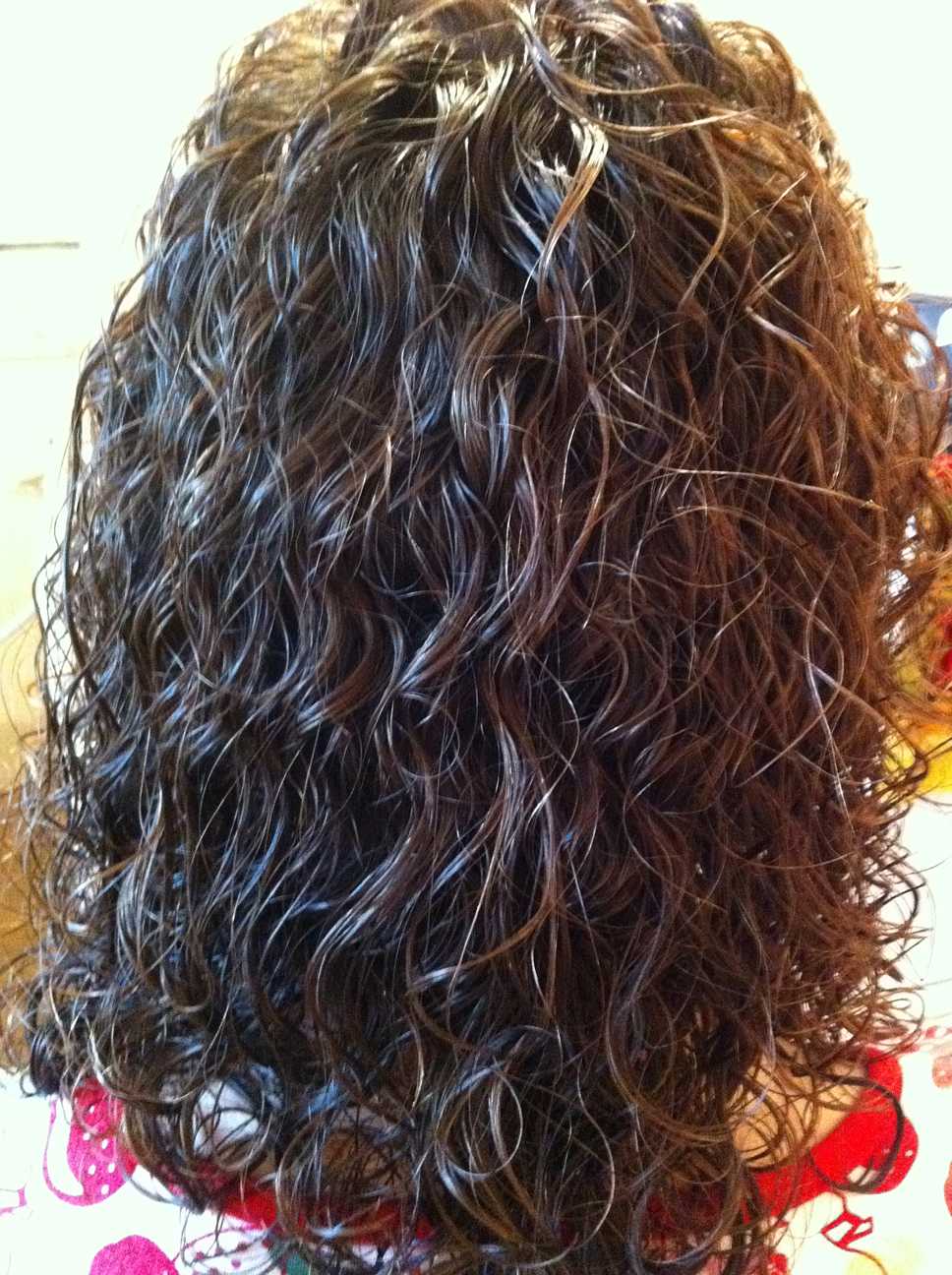
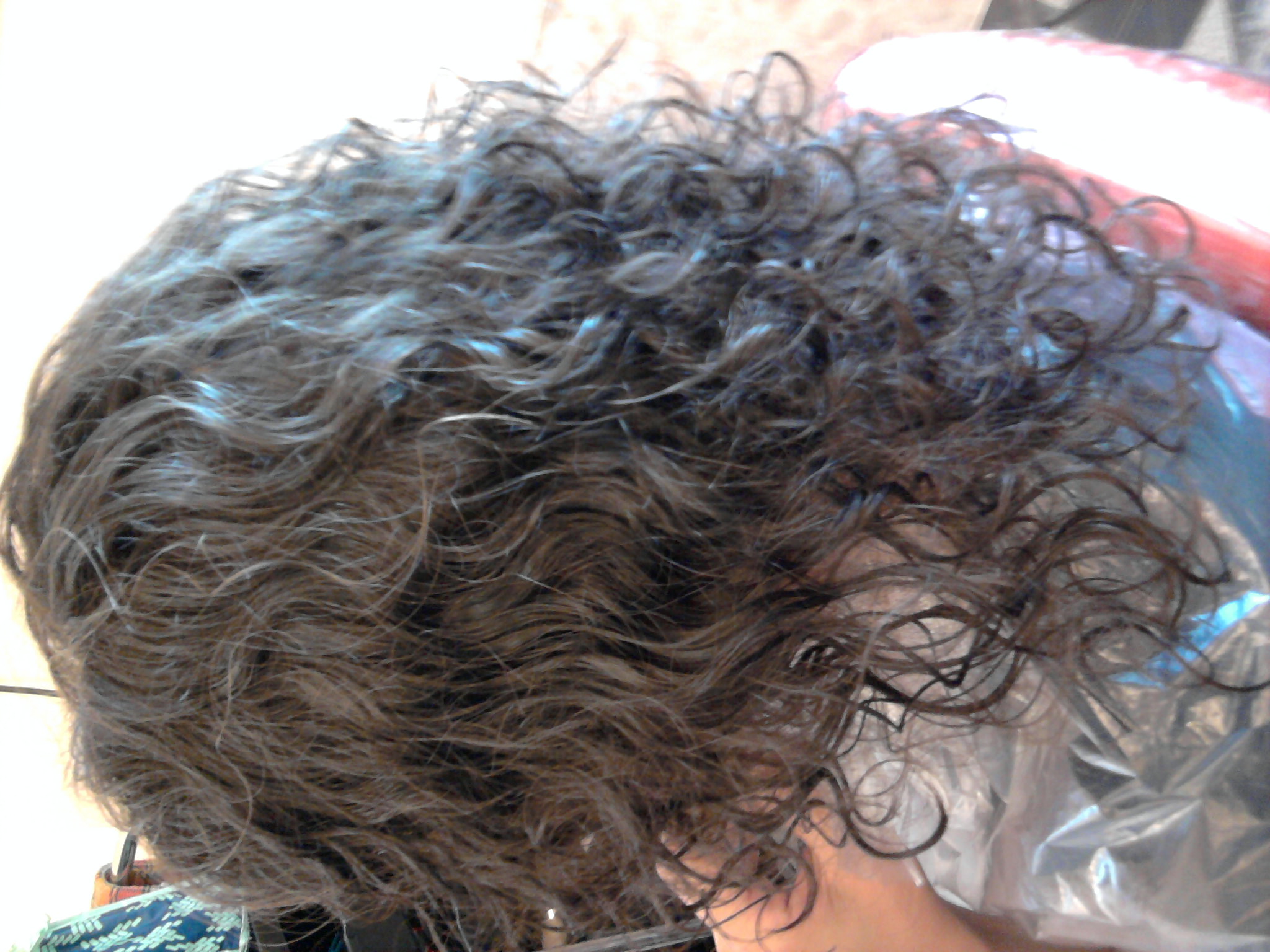
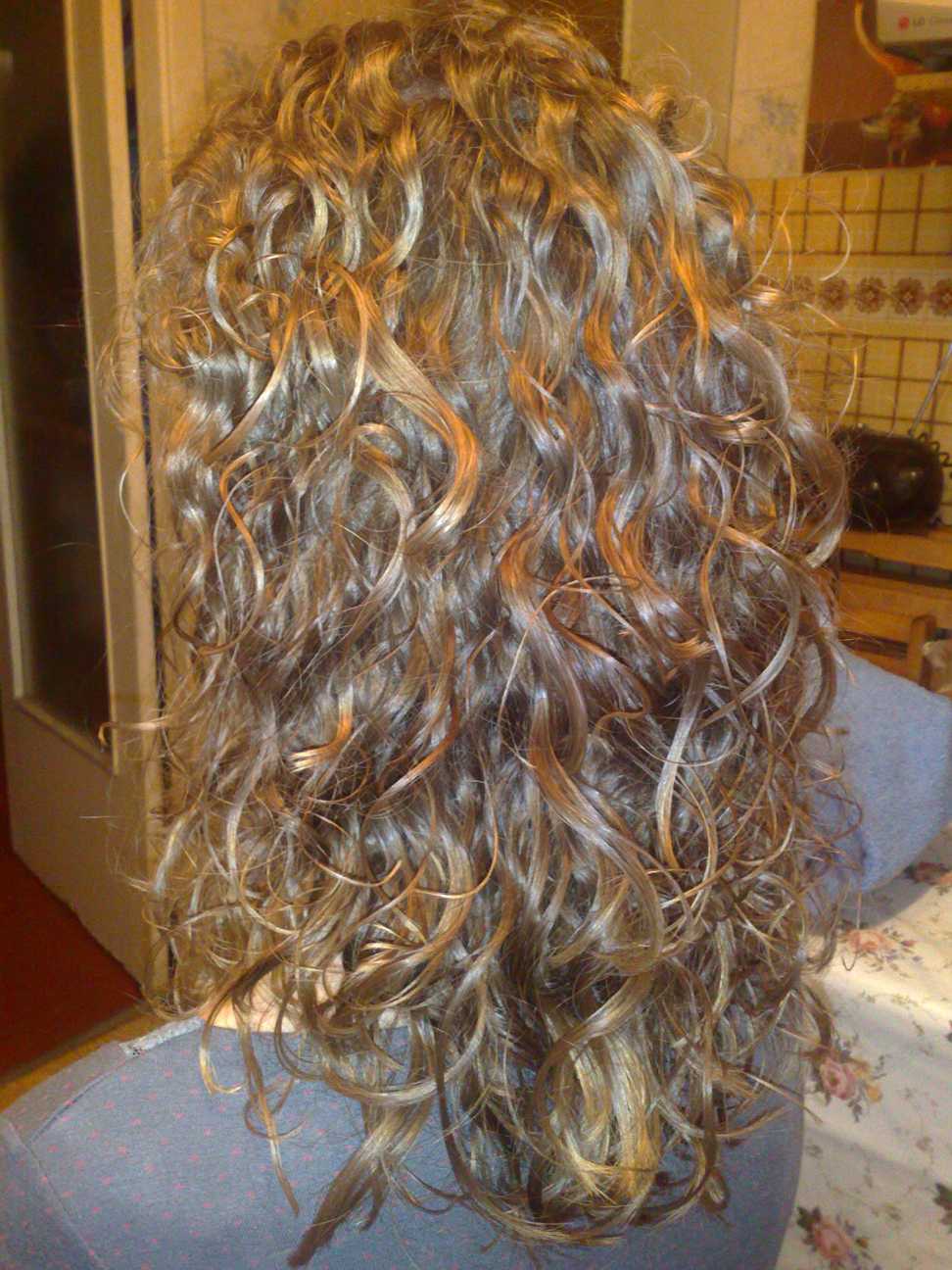
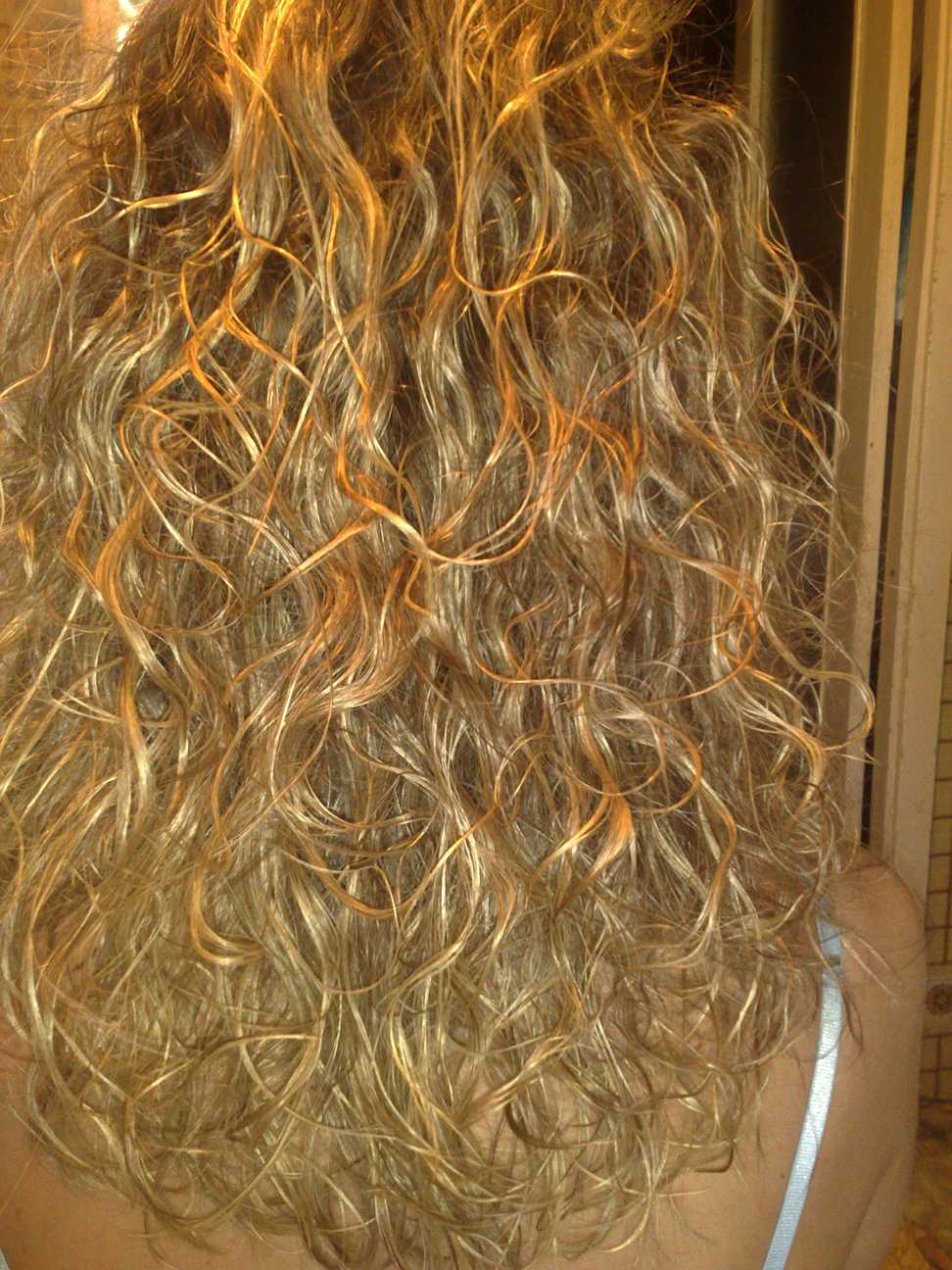
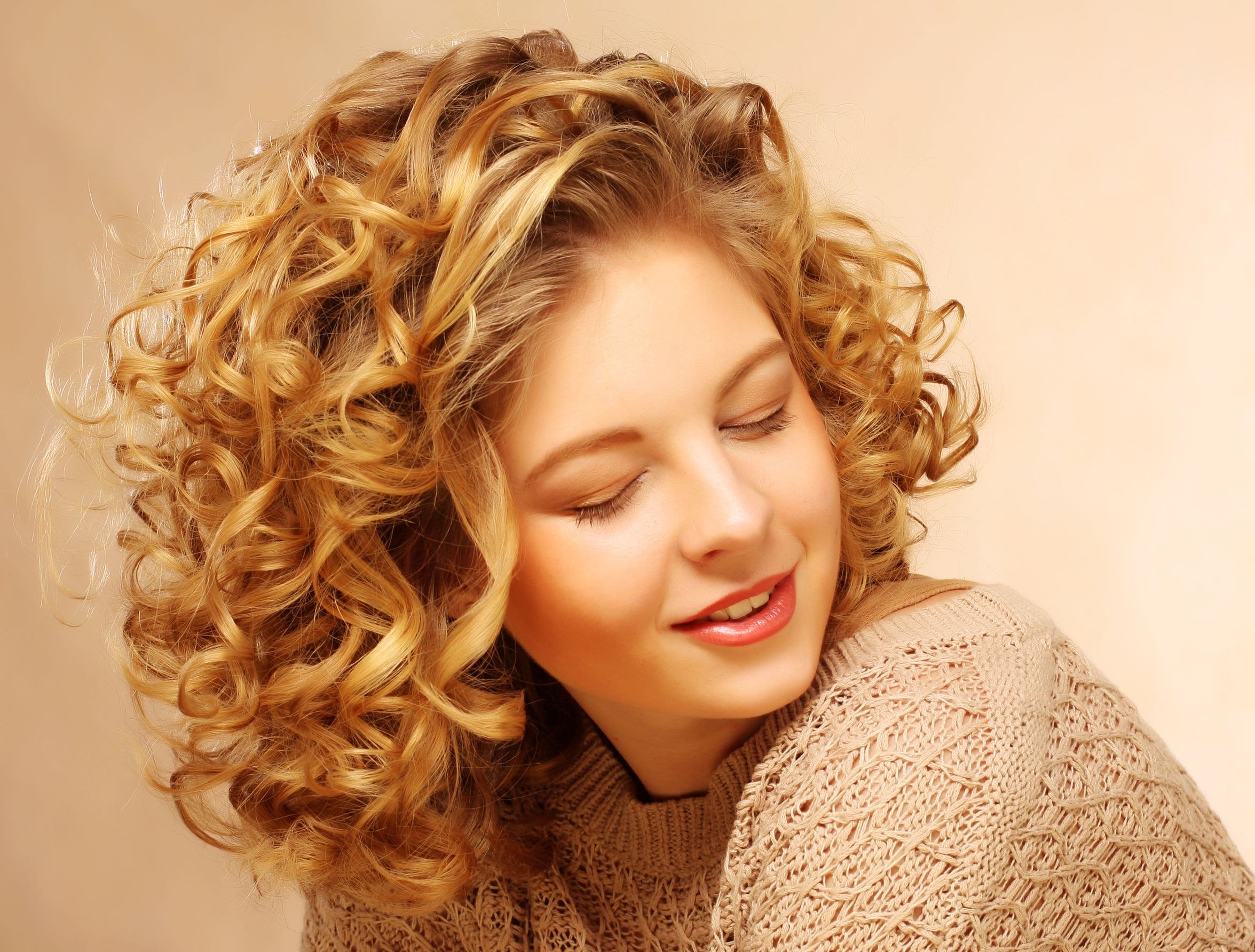

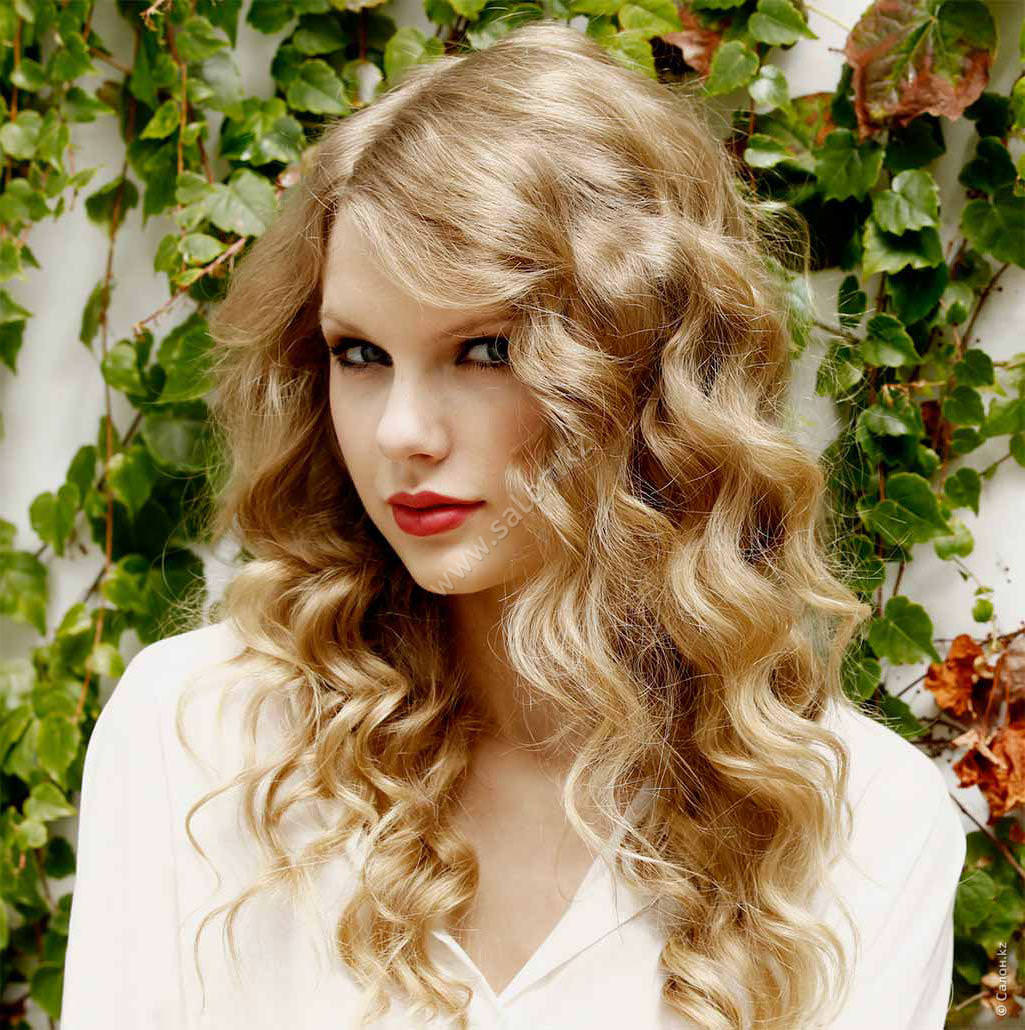
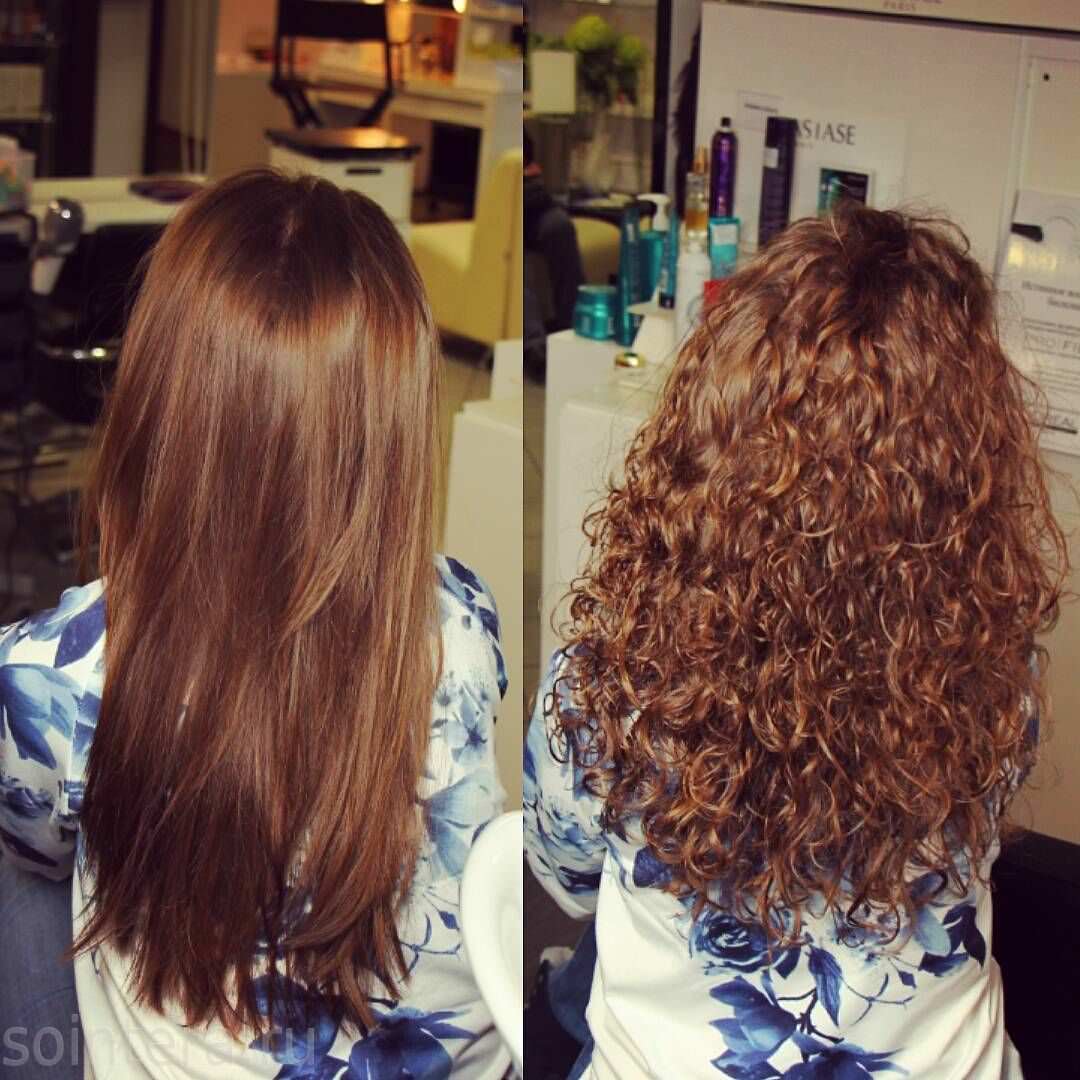


Bio curl on the middle curls

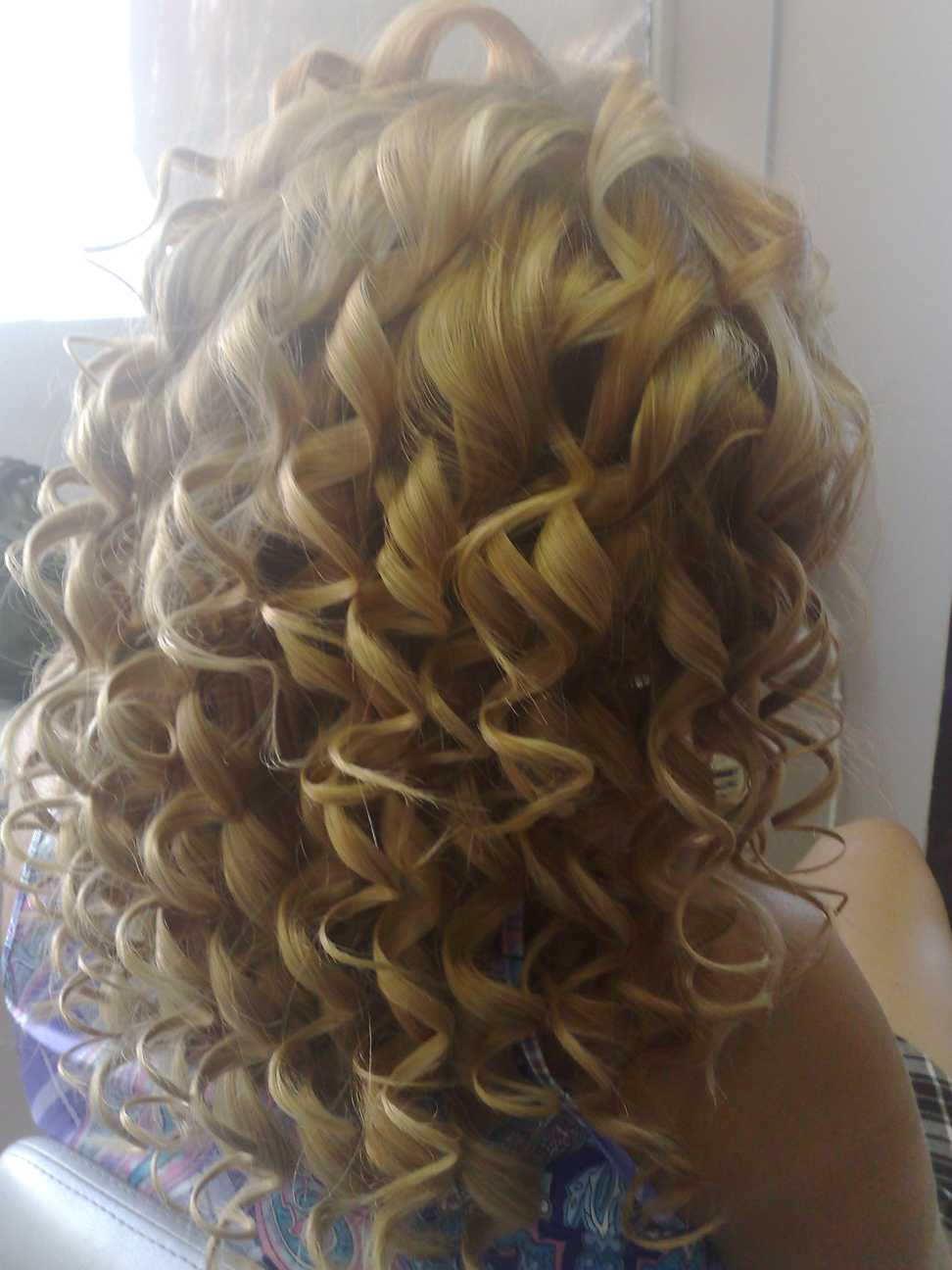
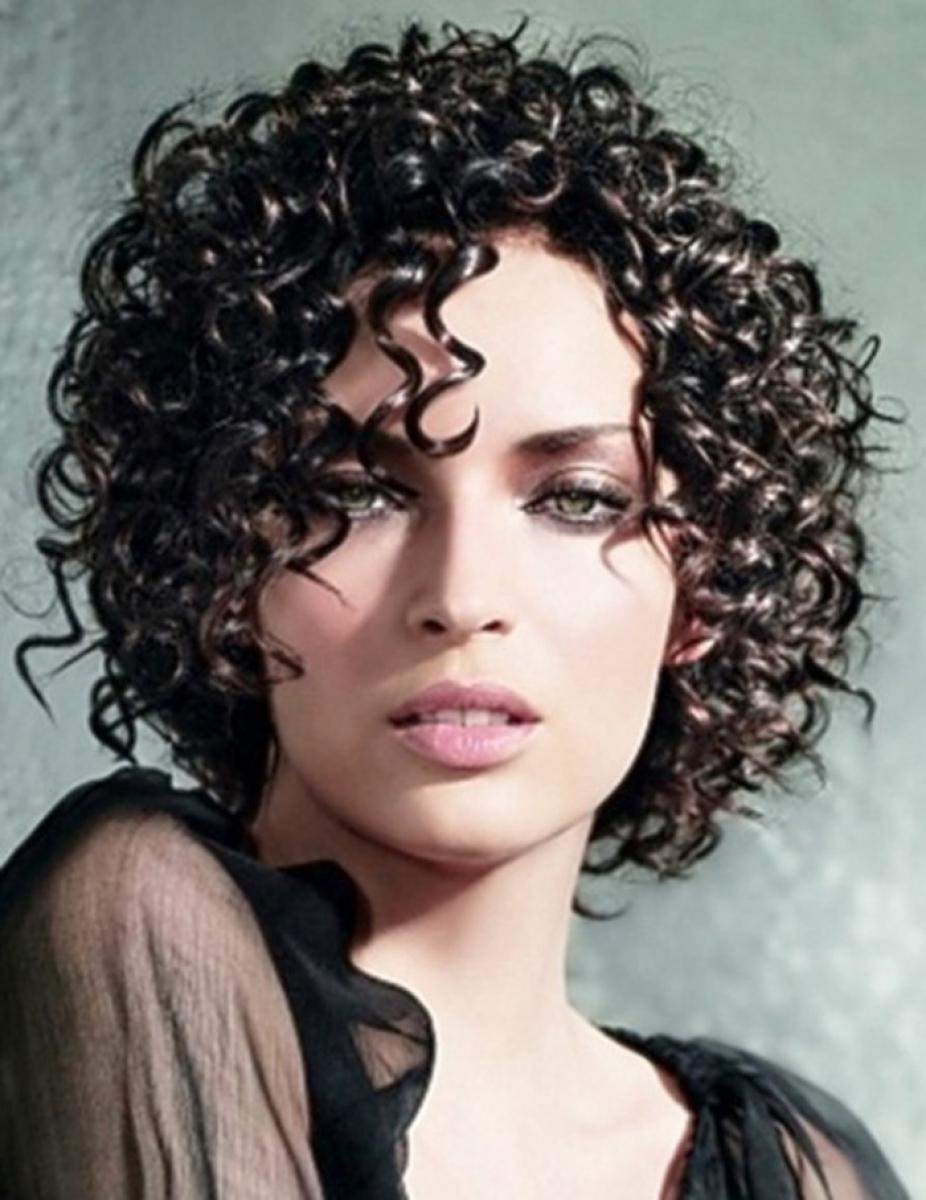
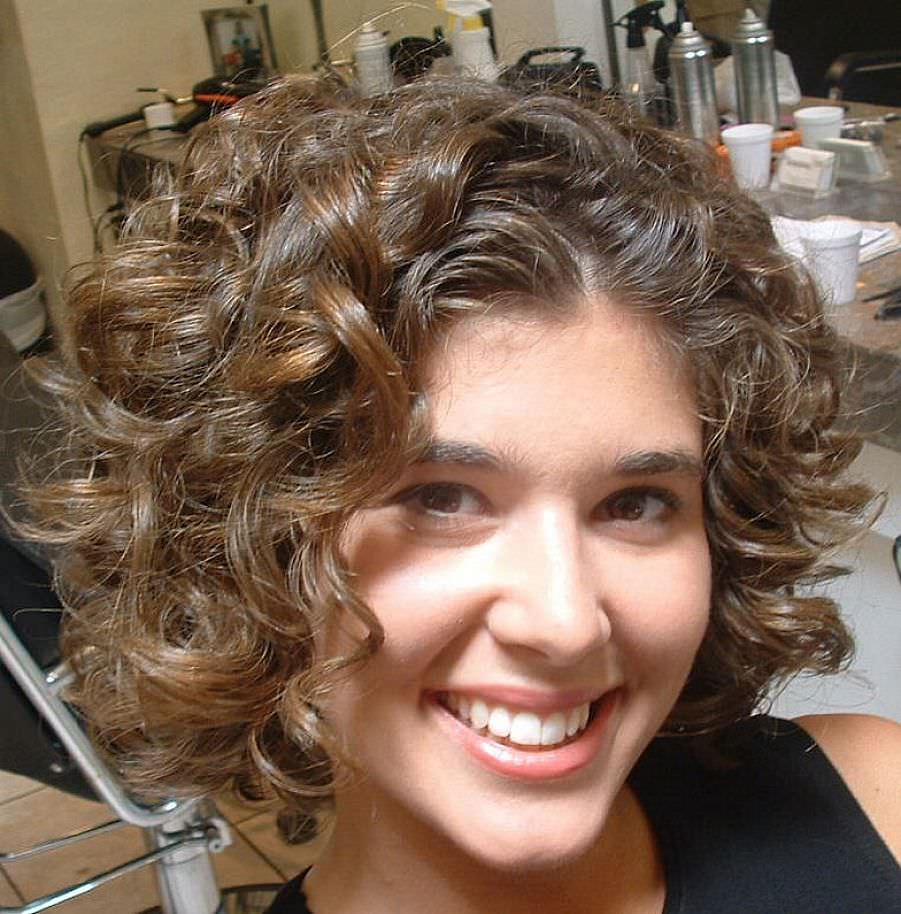
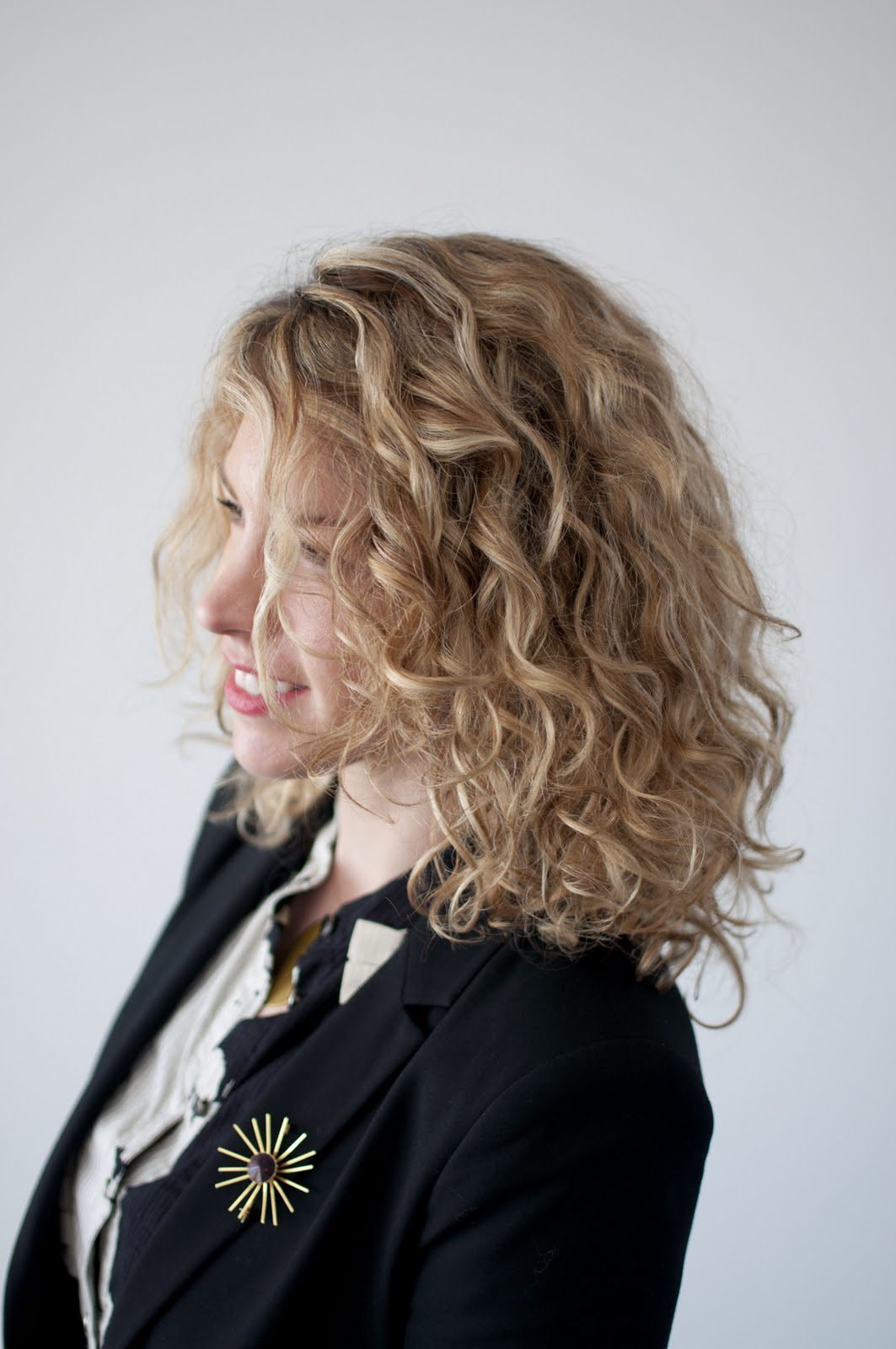
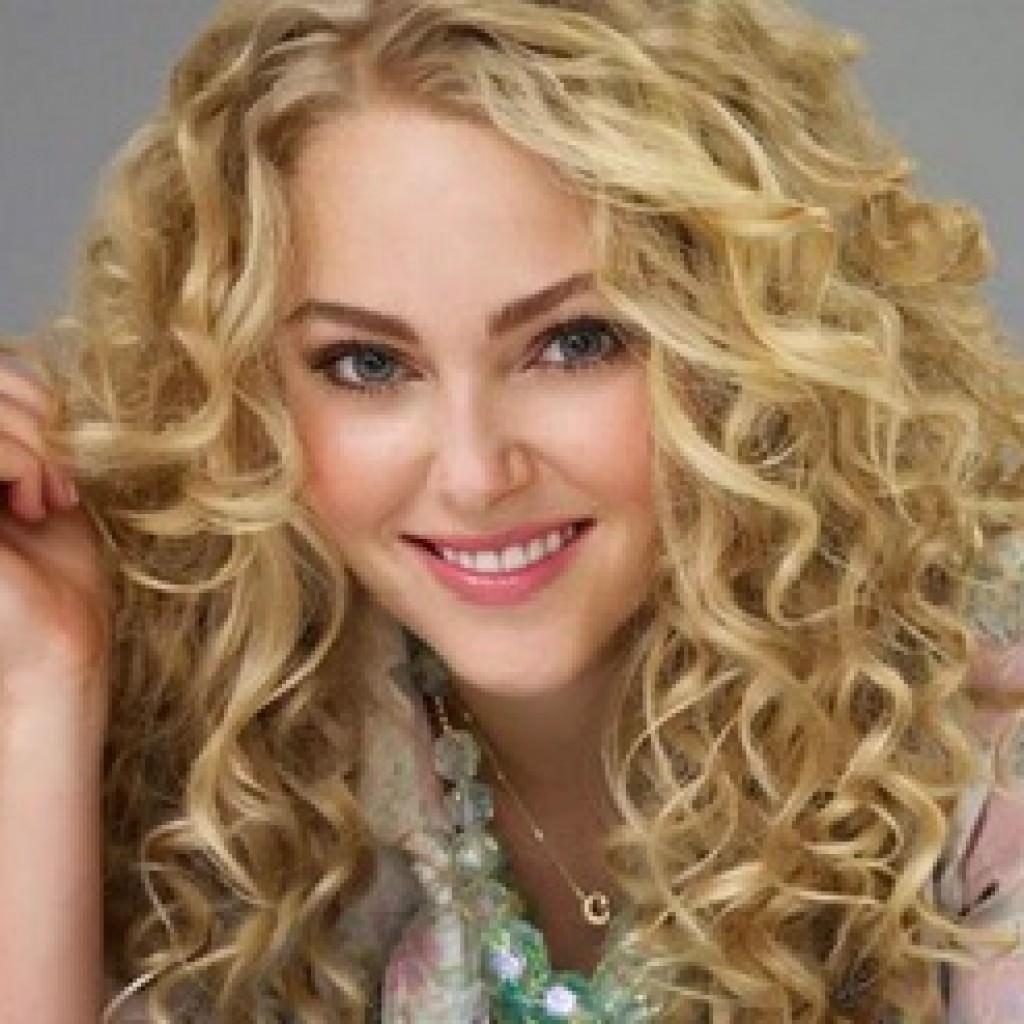
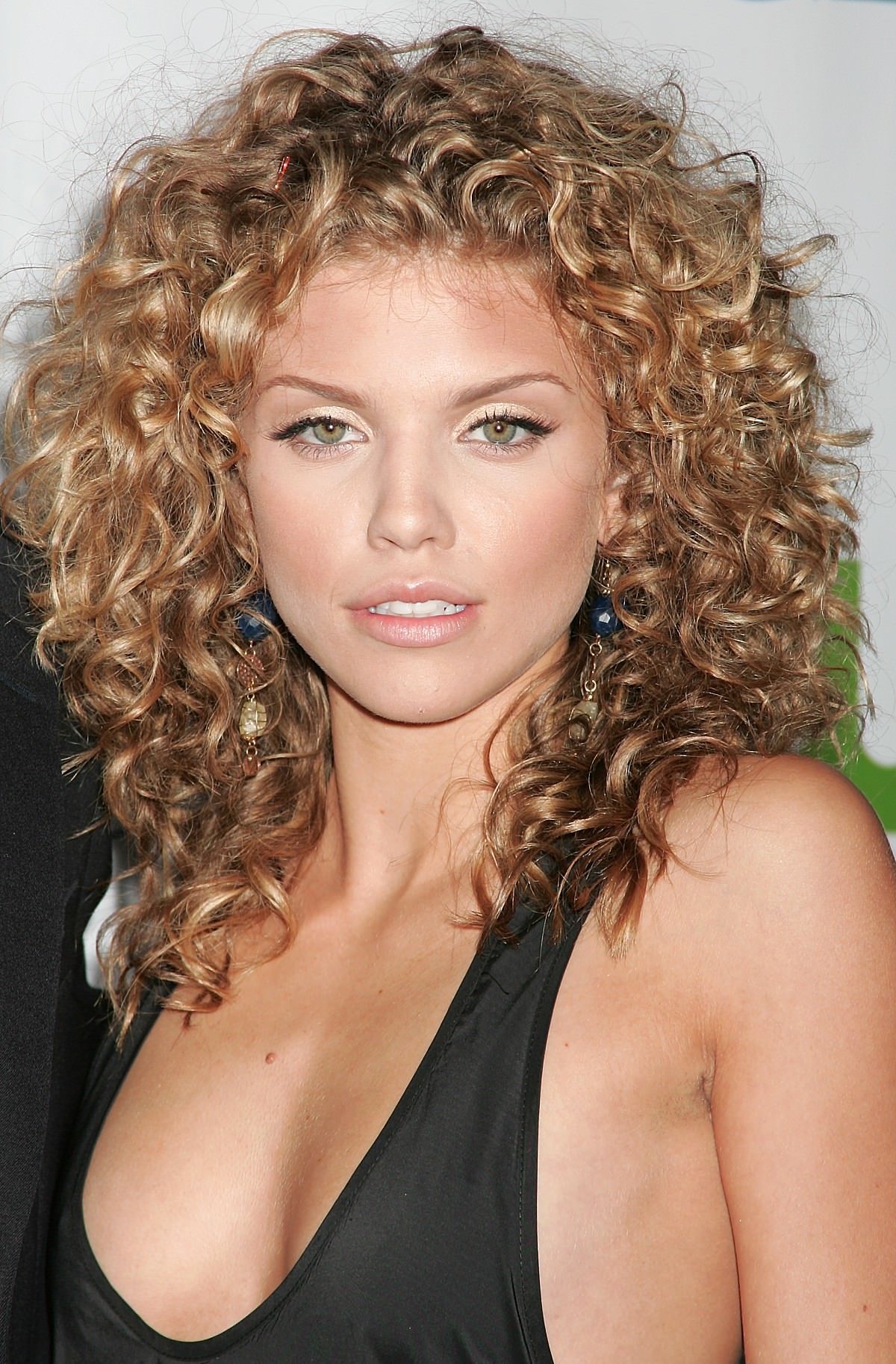
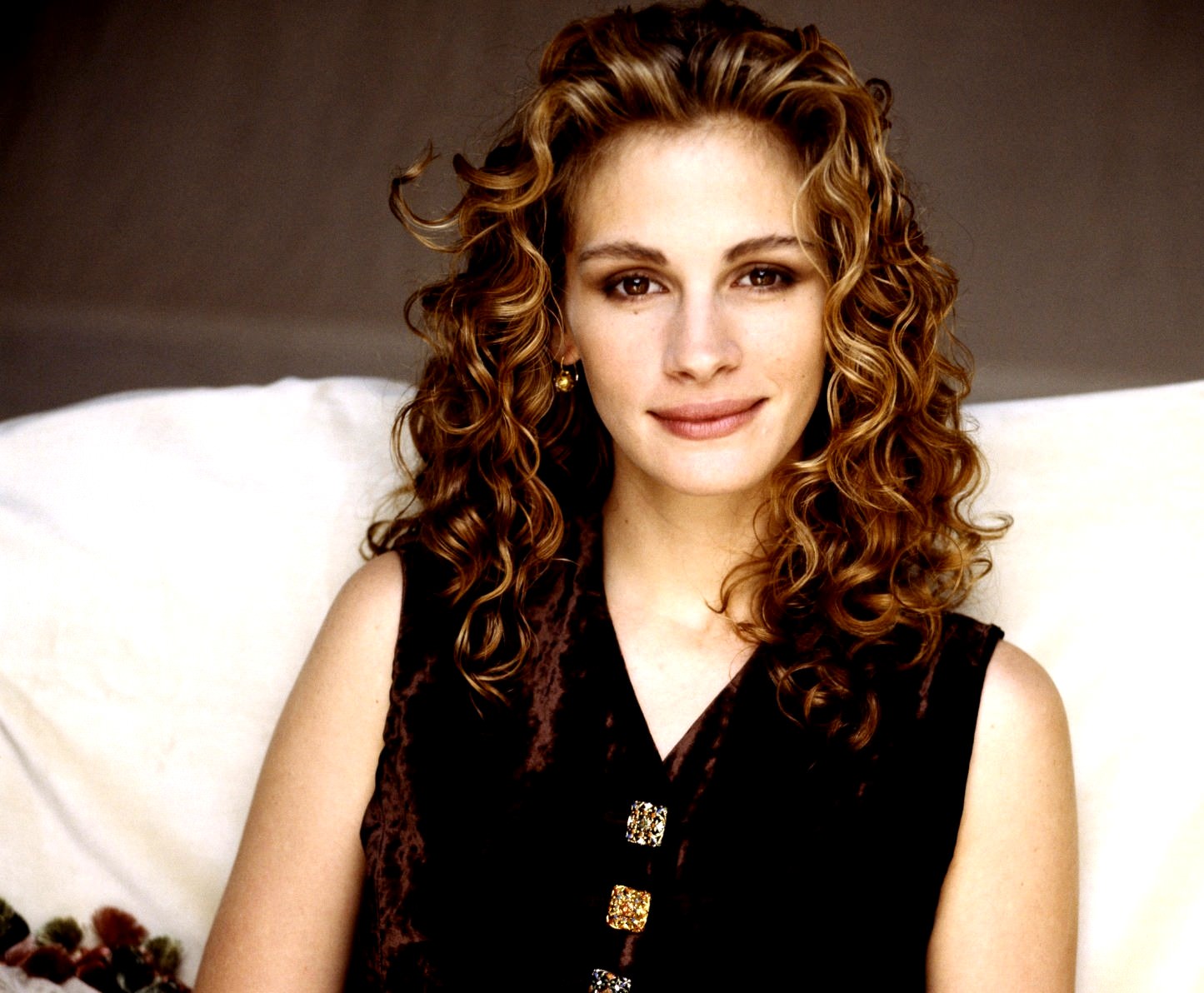
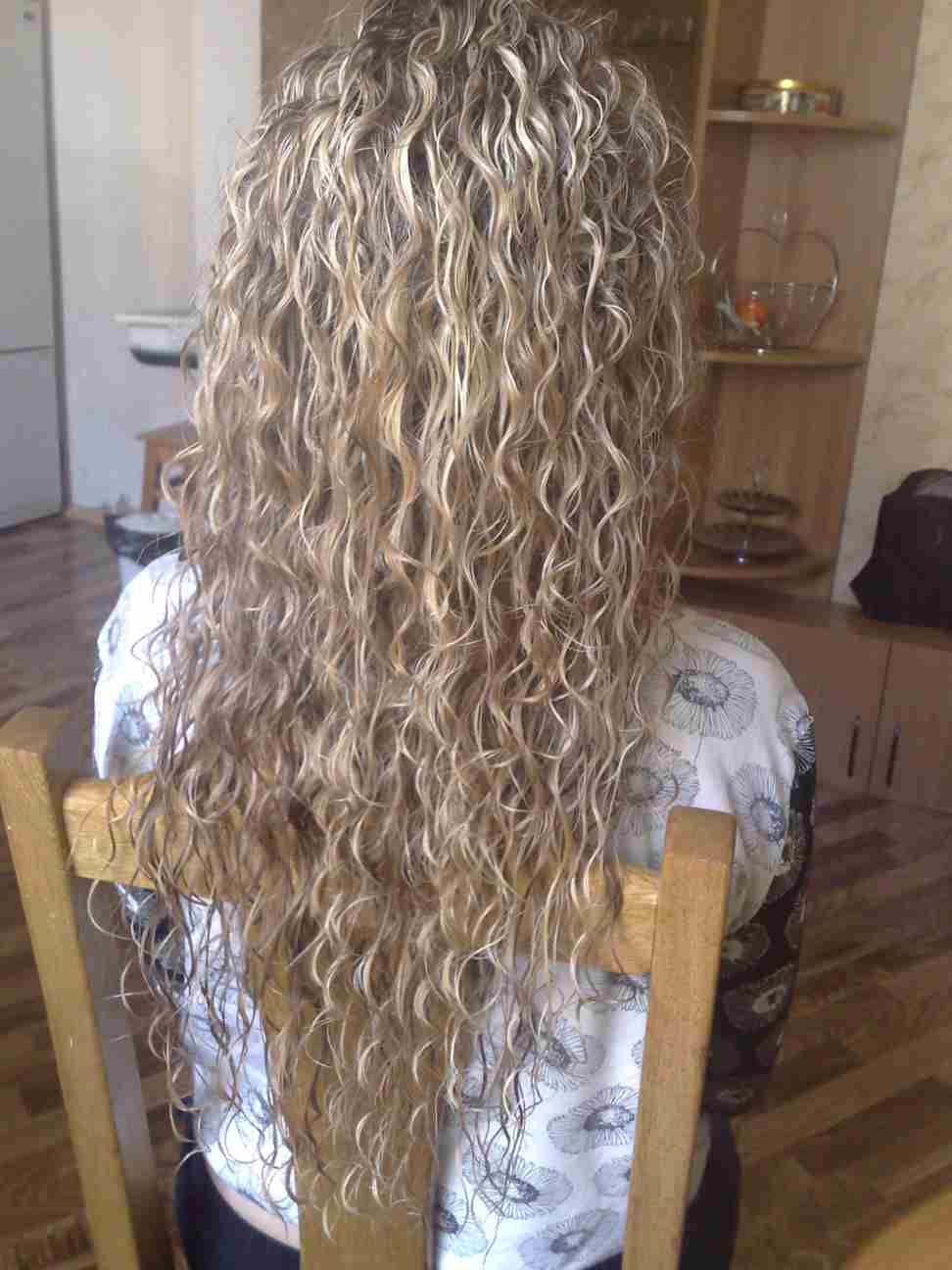
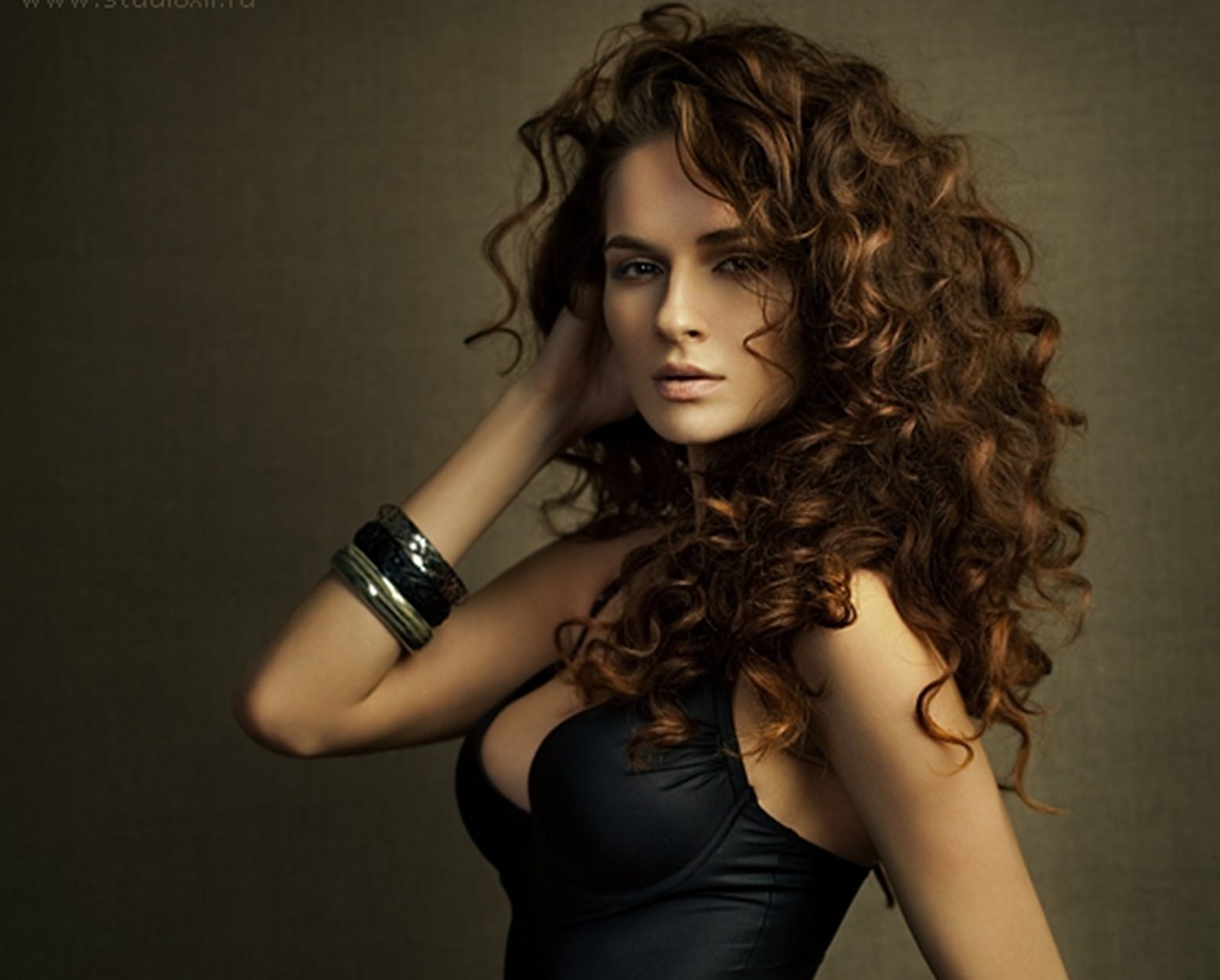

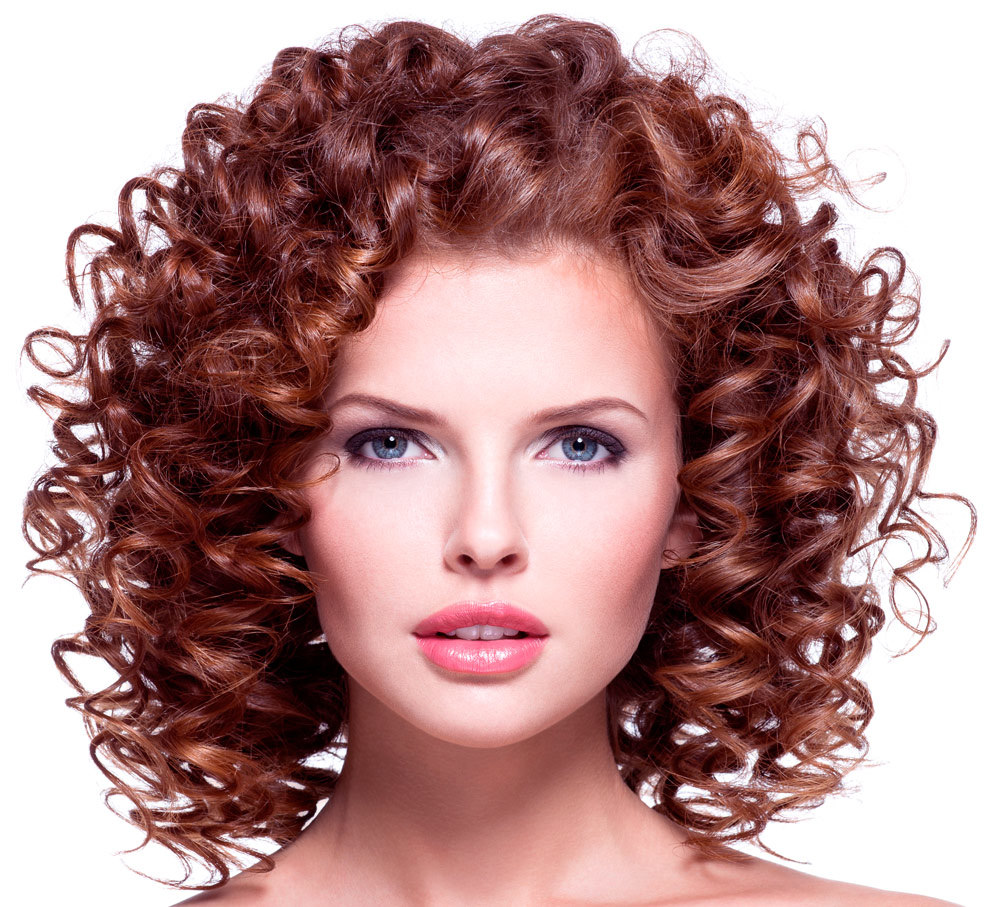
Short hair biowave

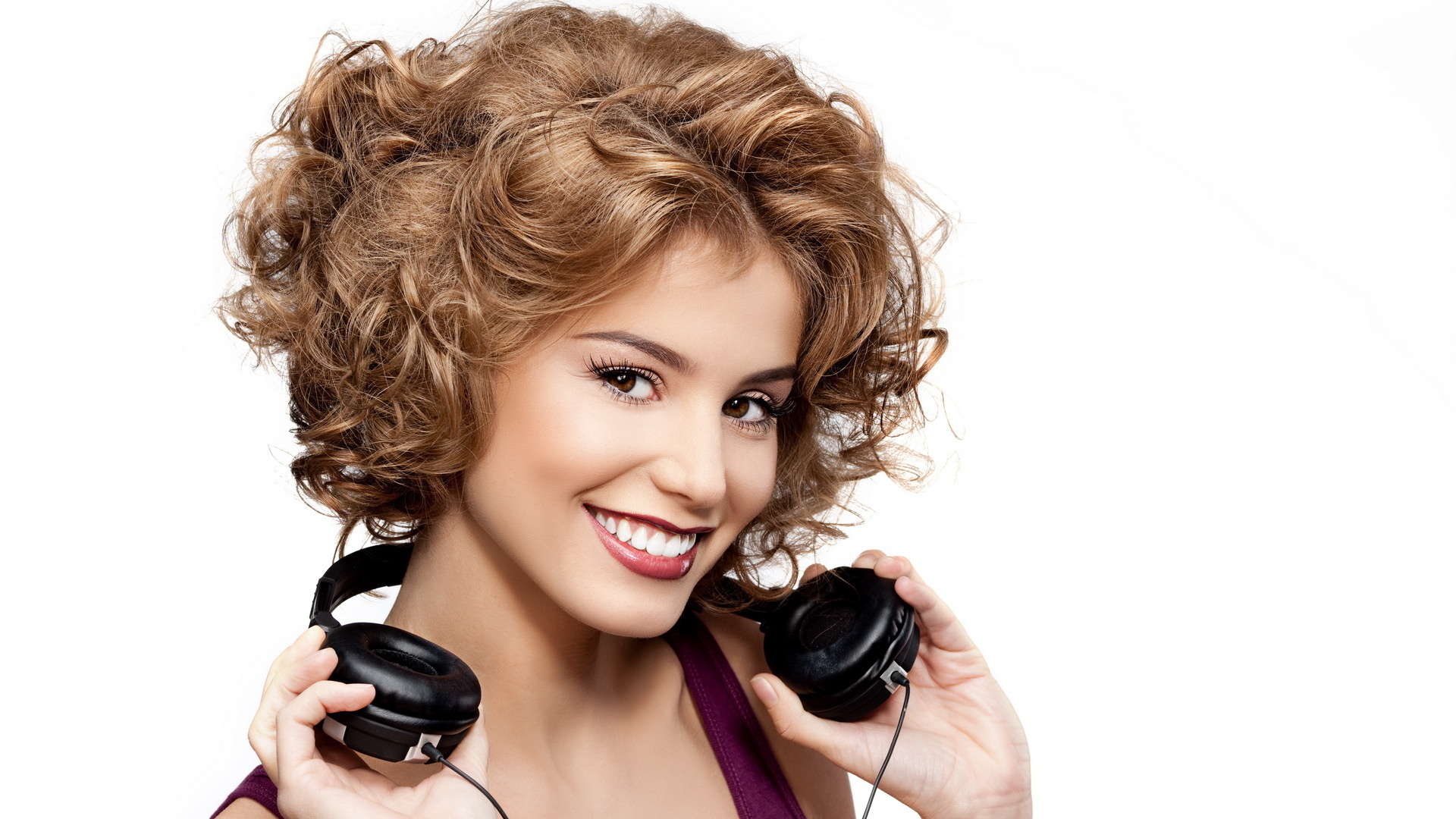
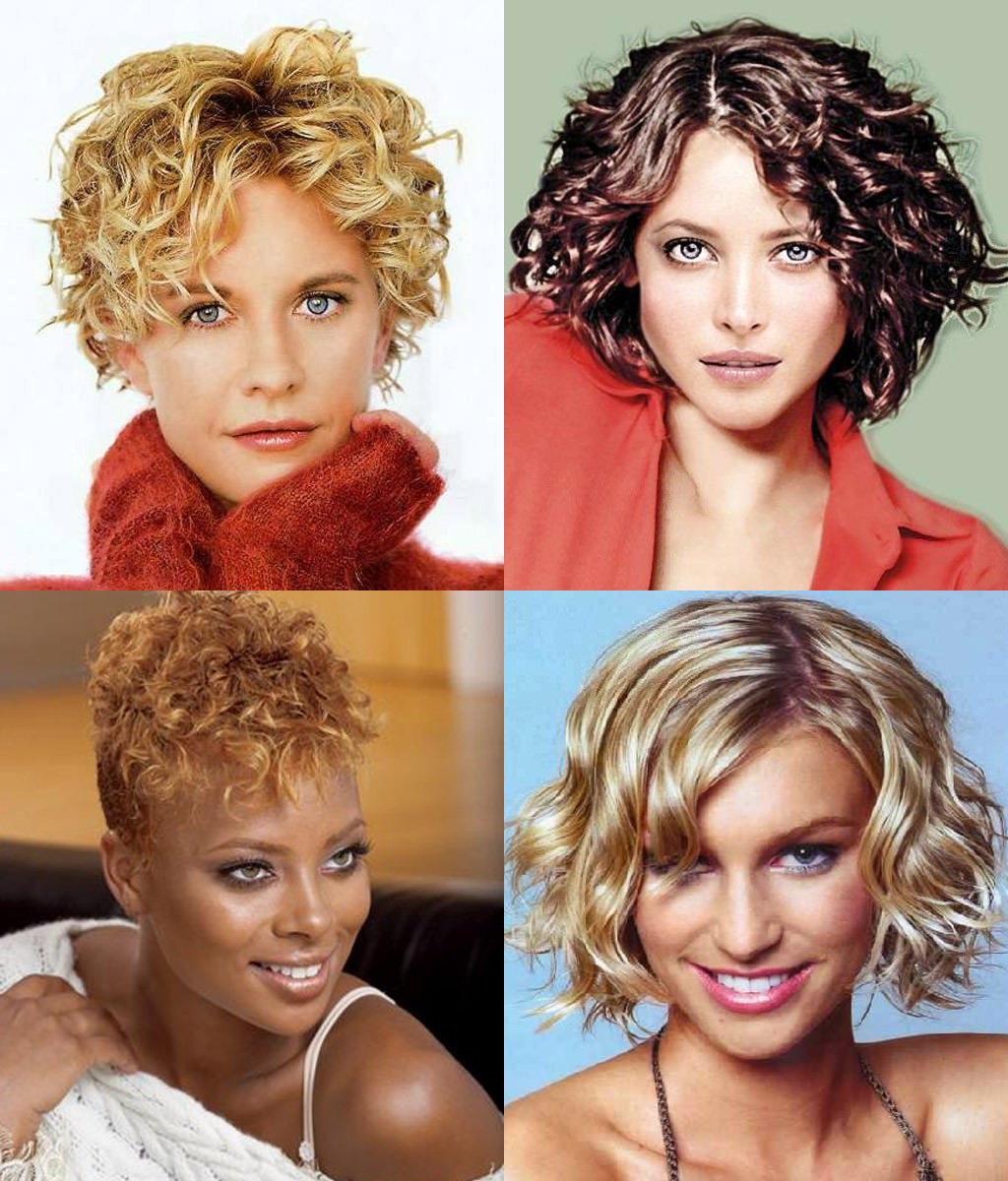
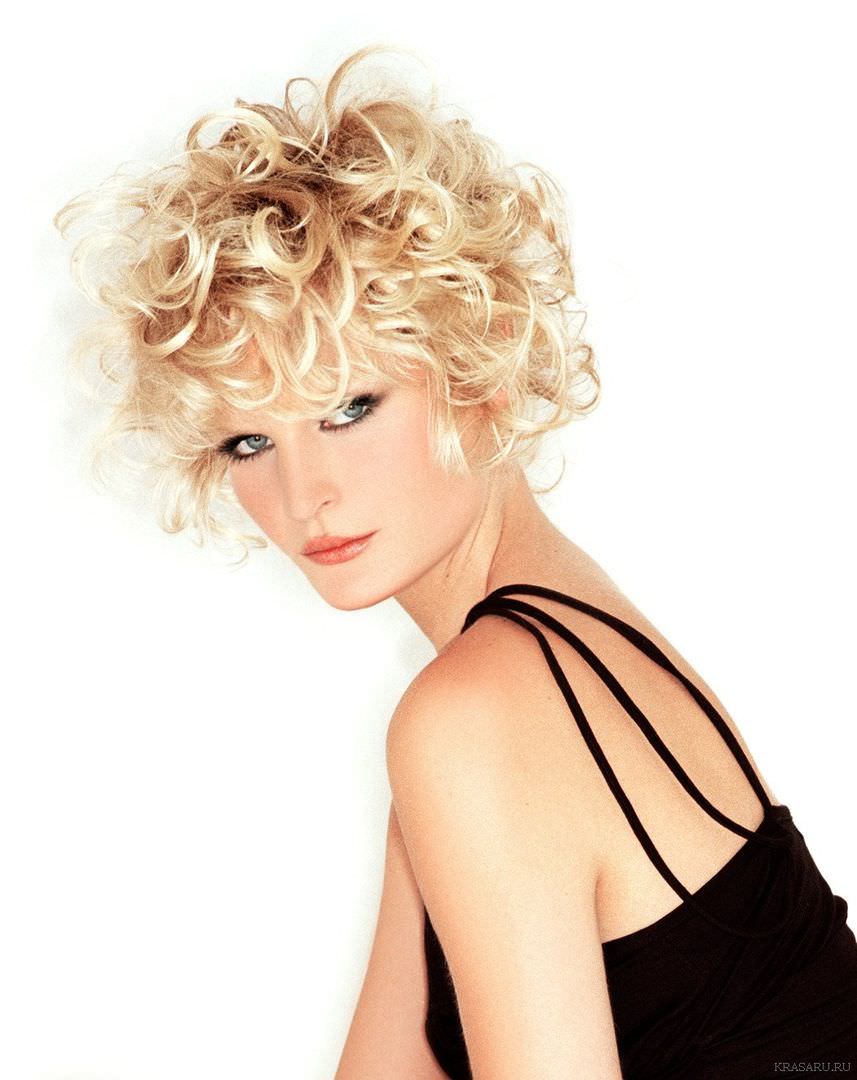
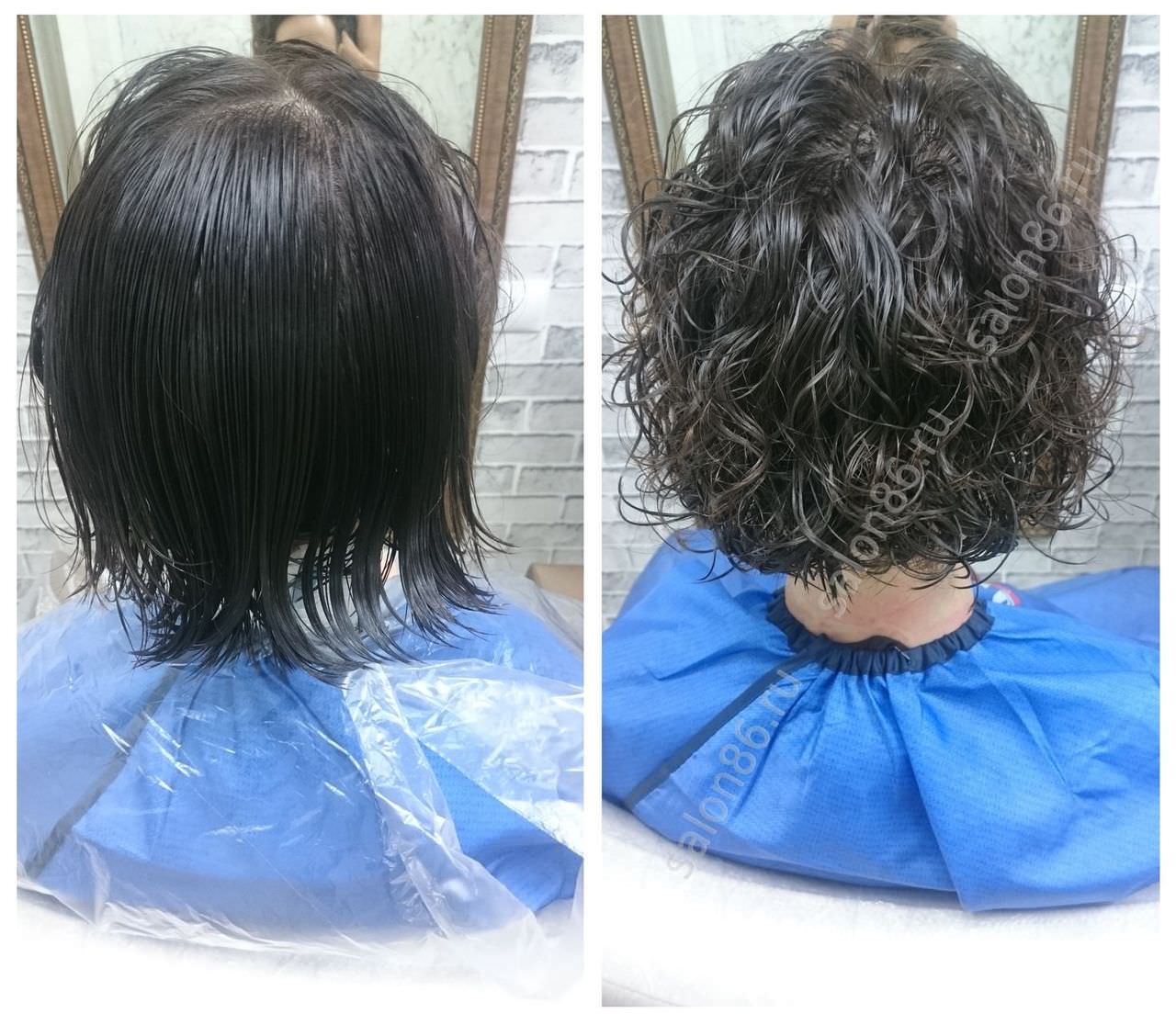
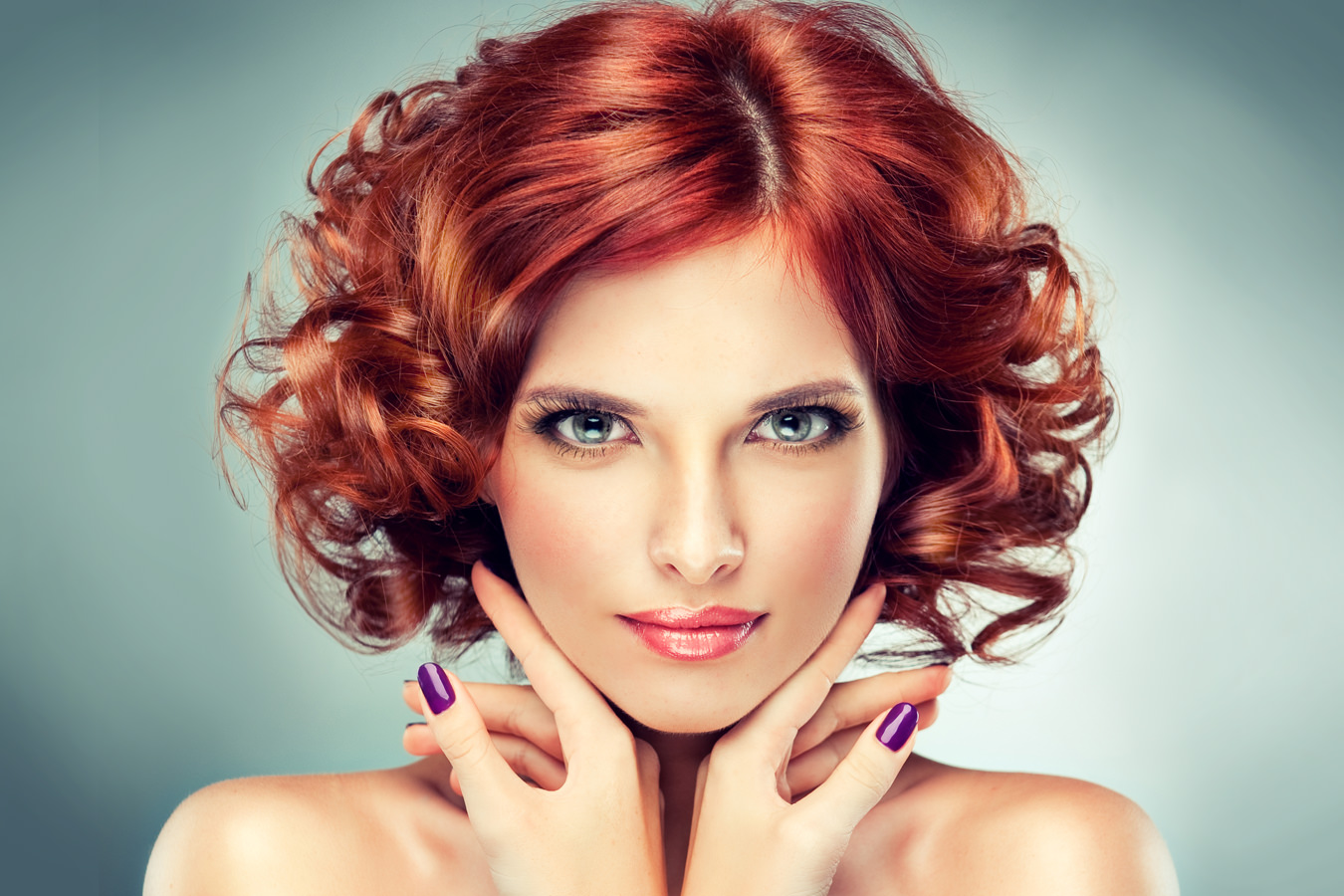

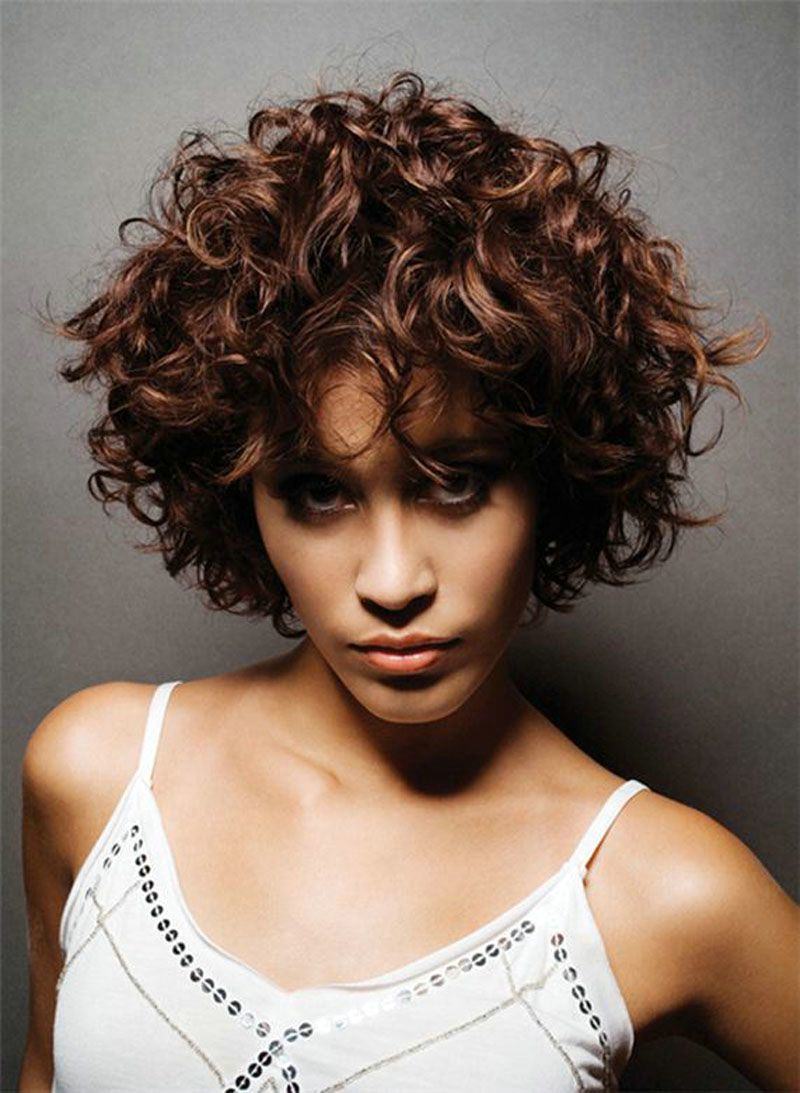

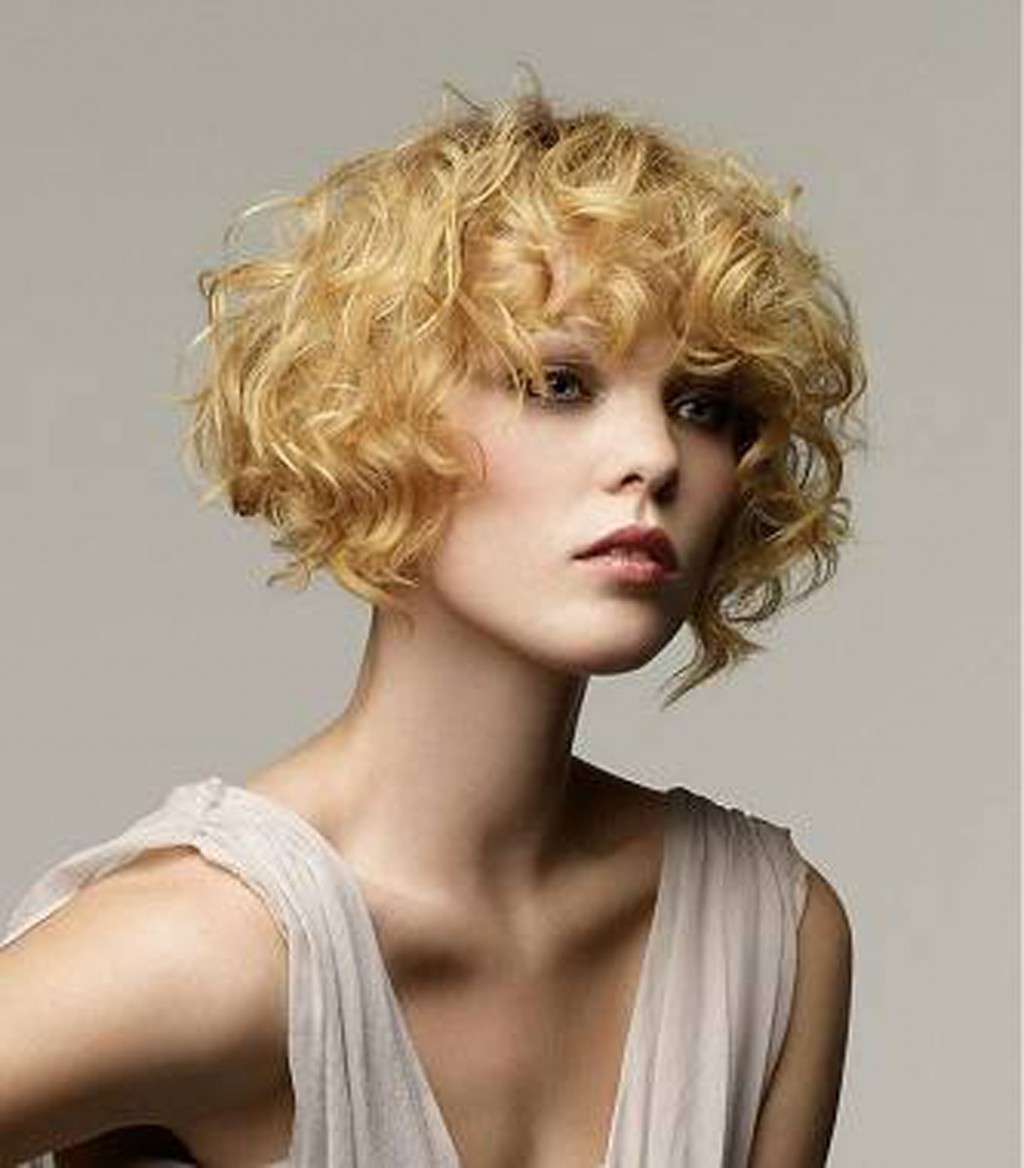
Middle hair bio-curl
